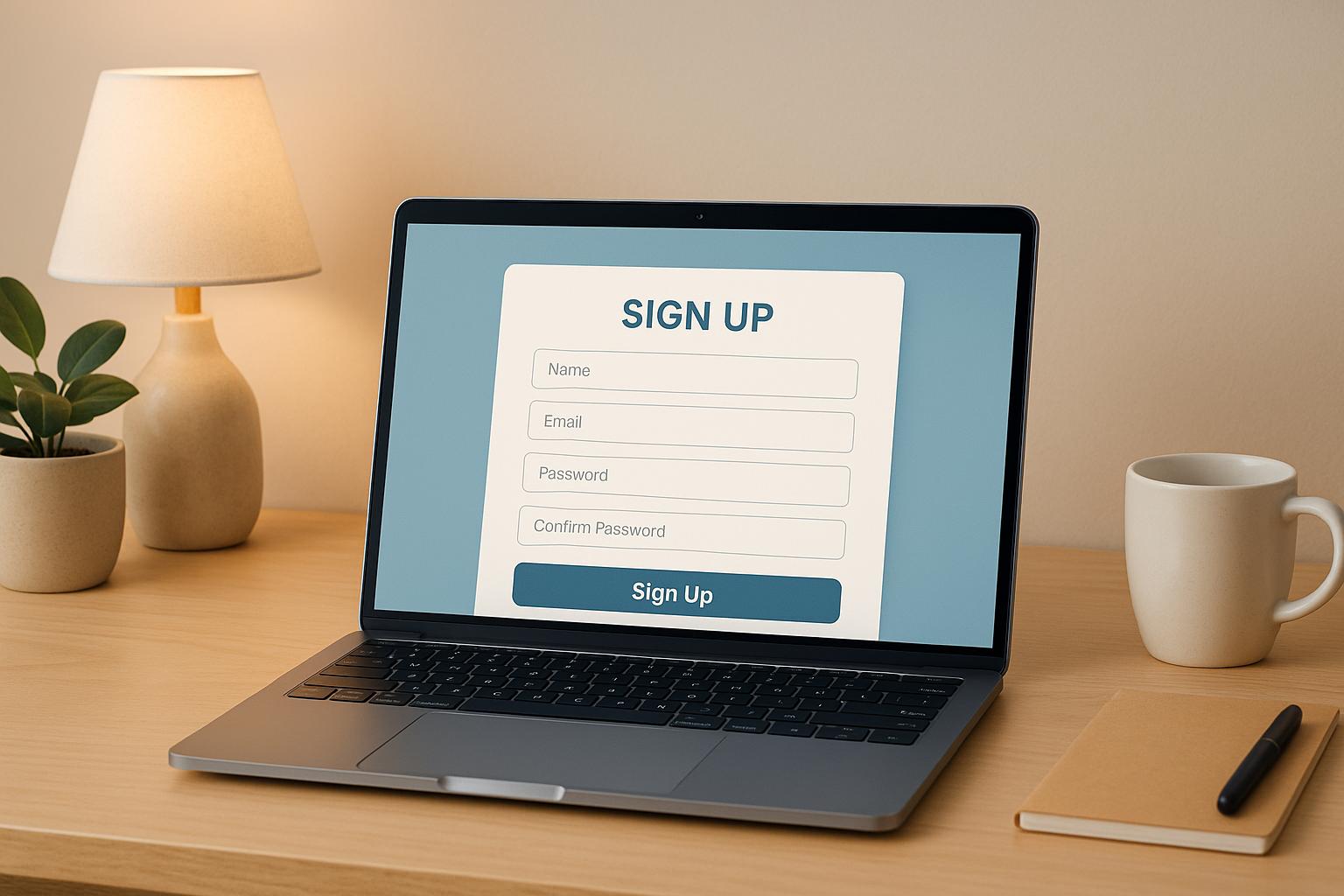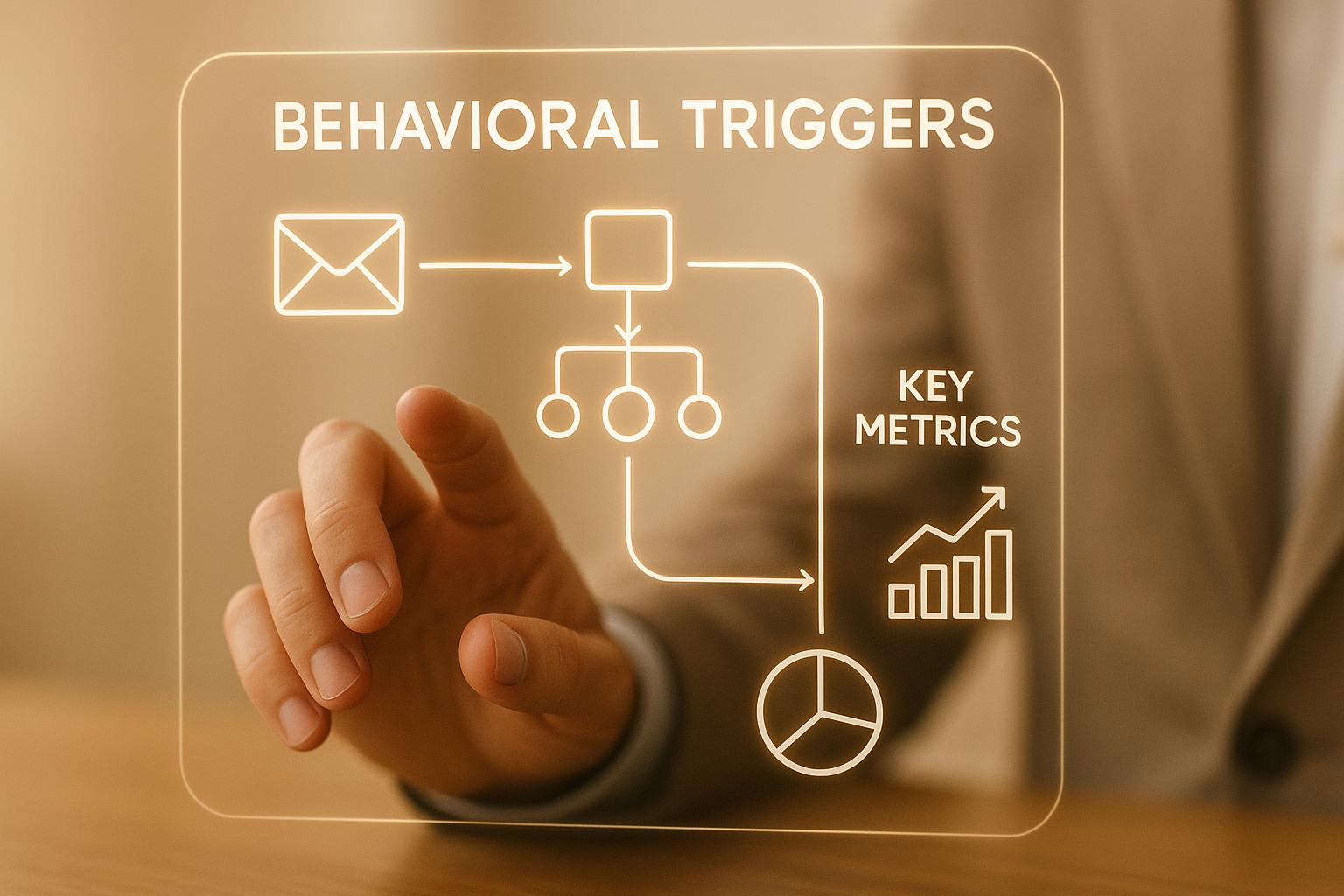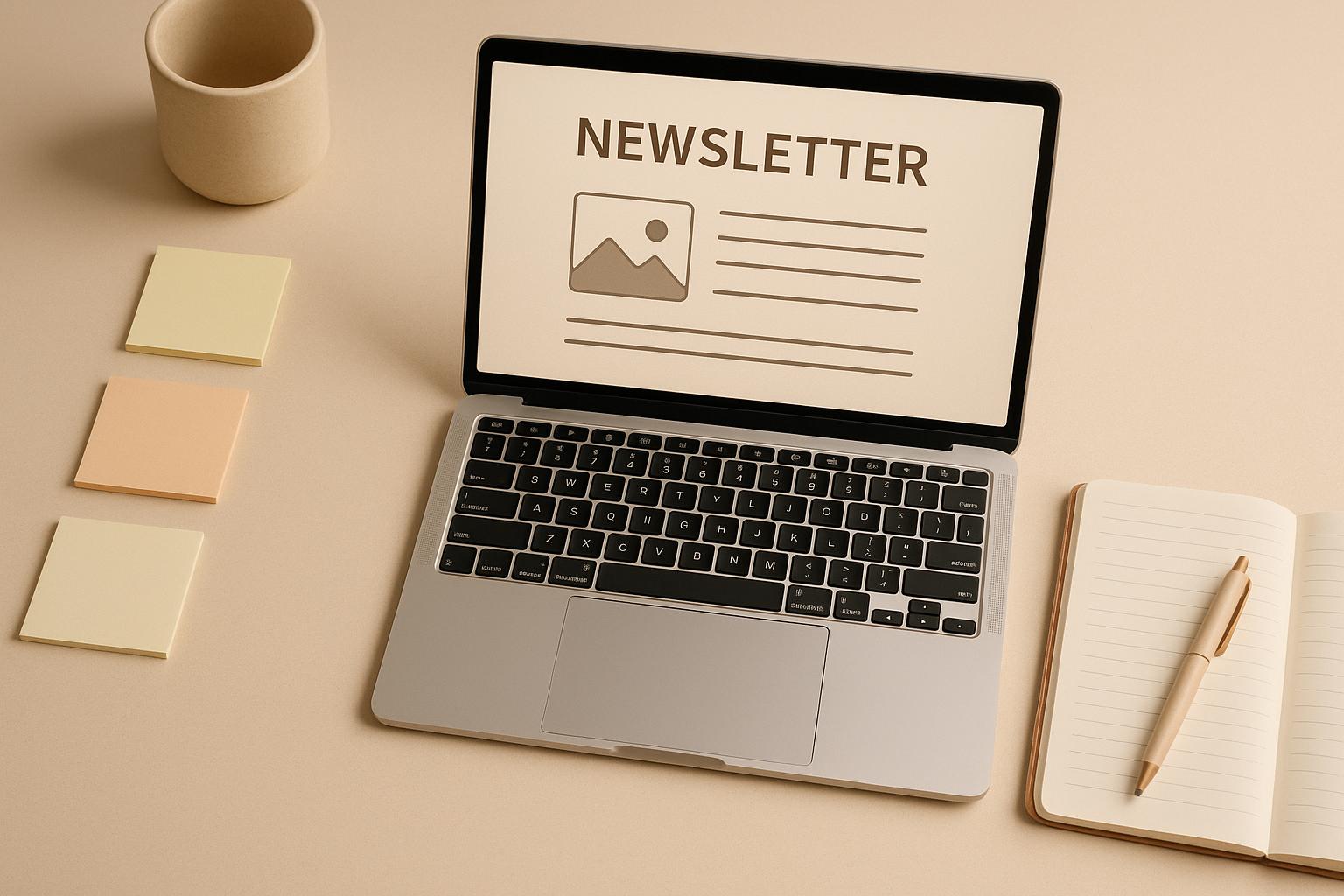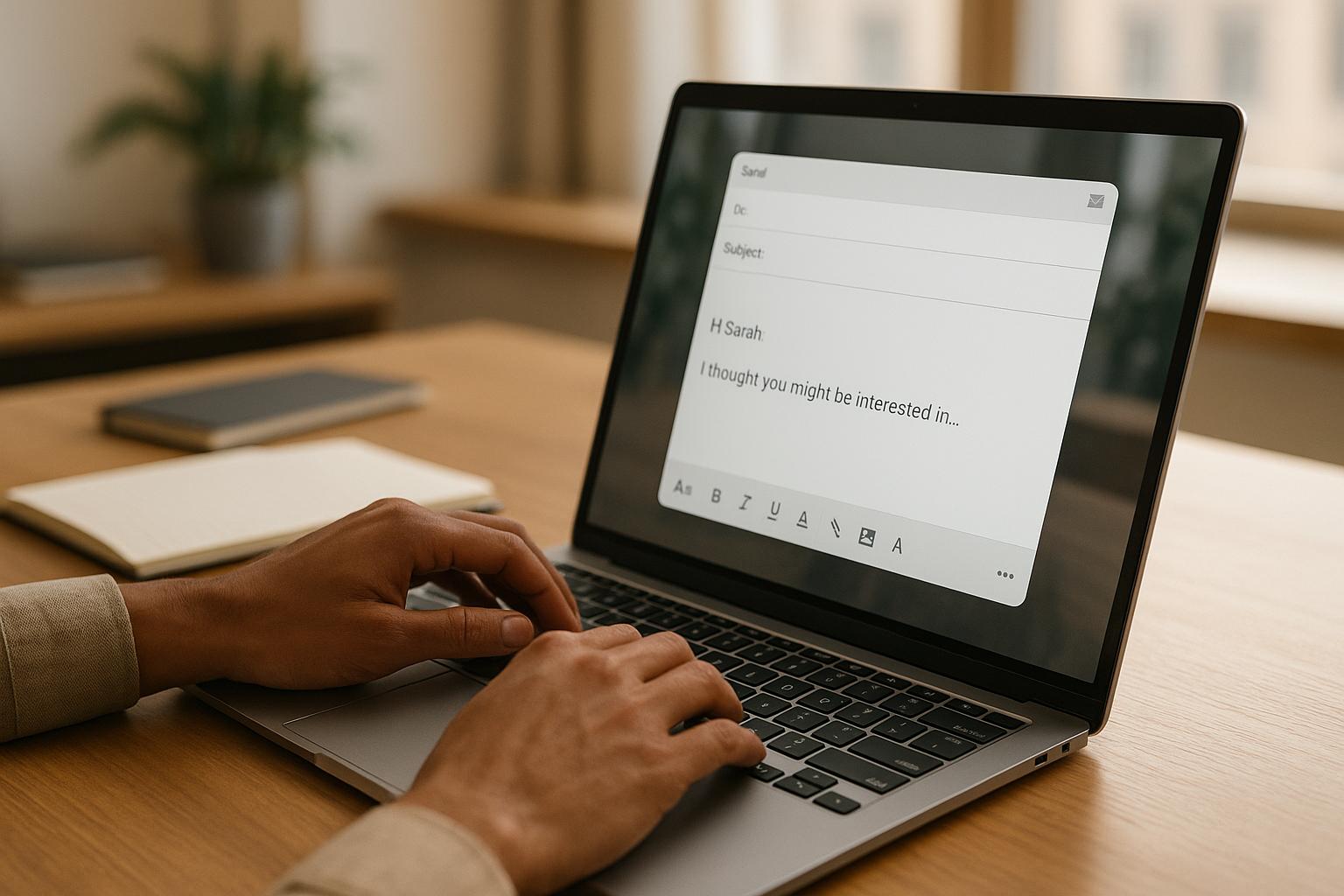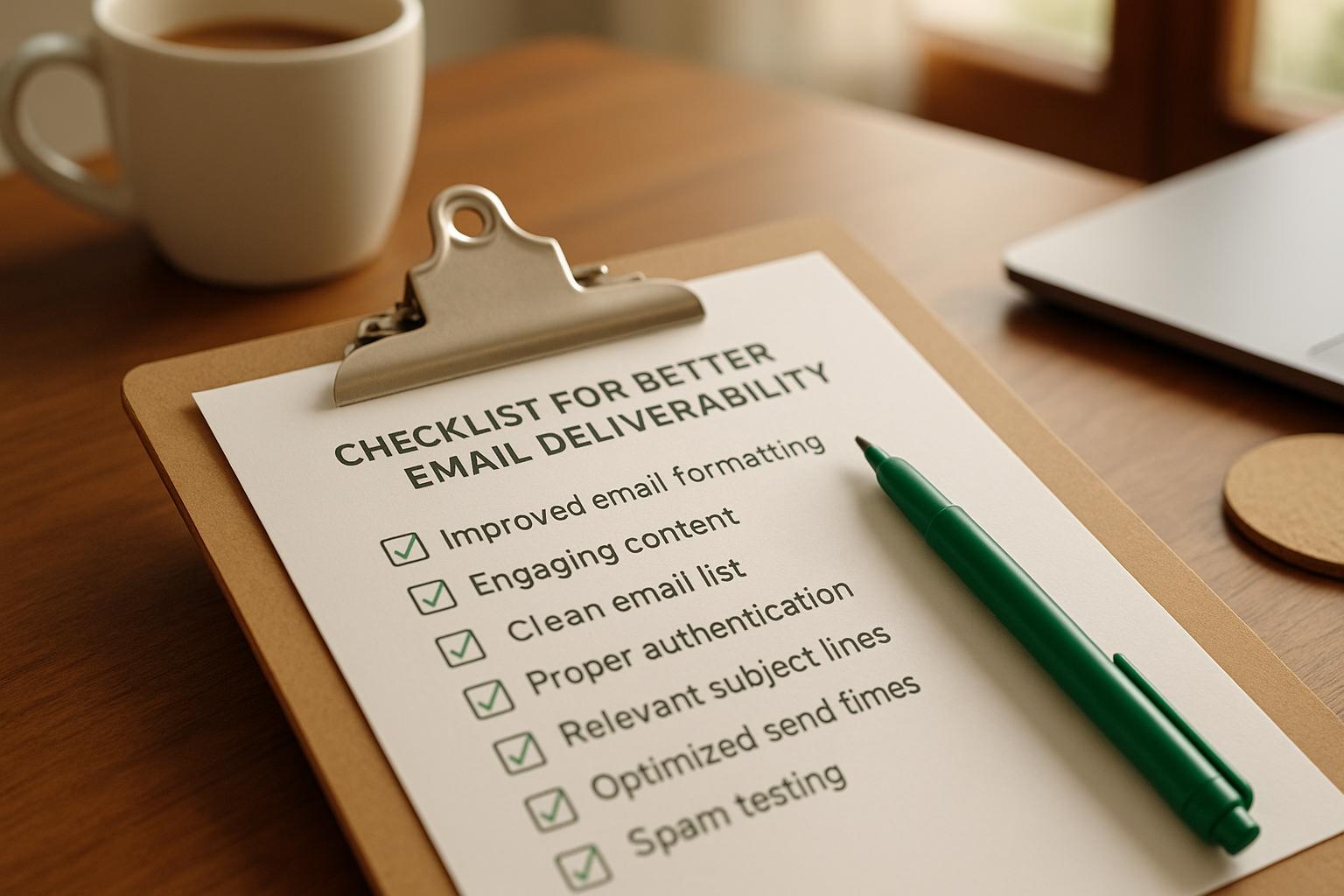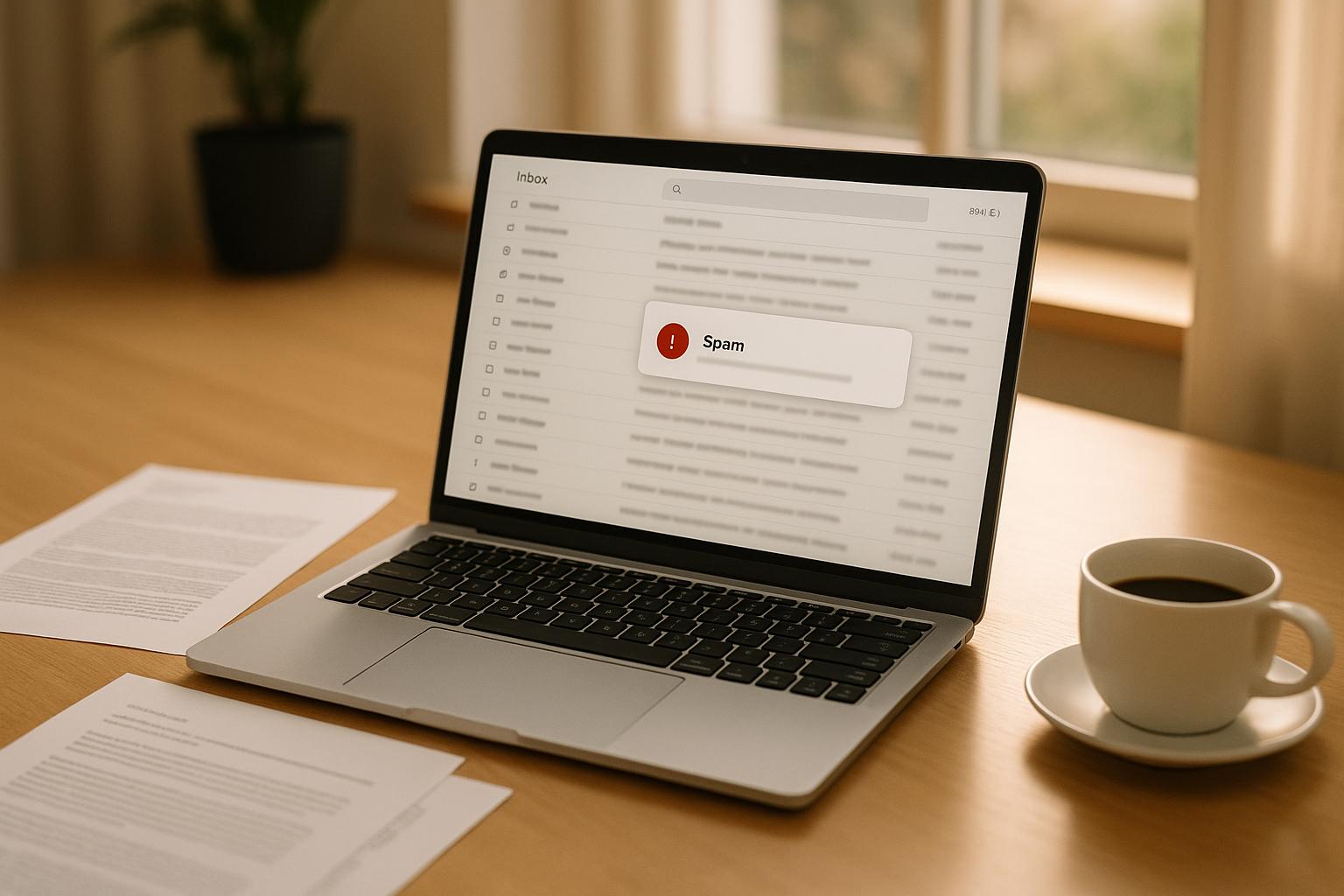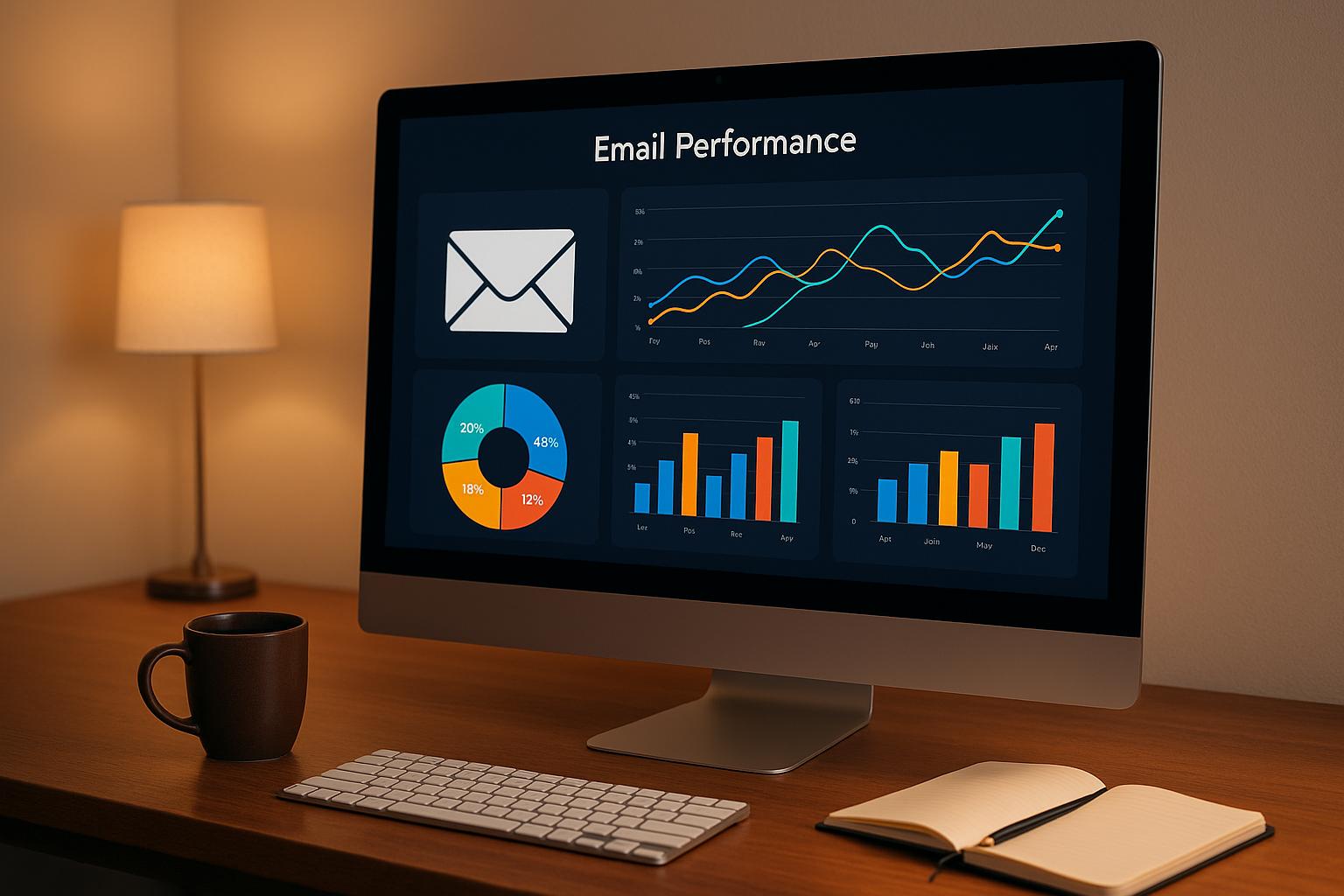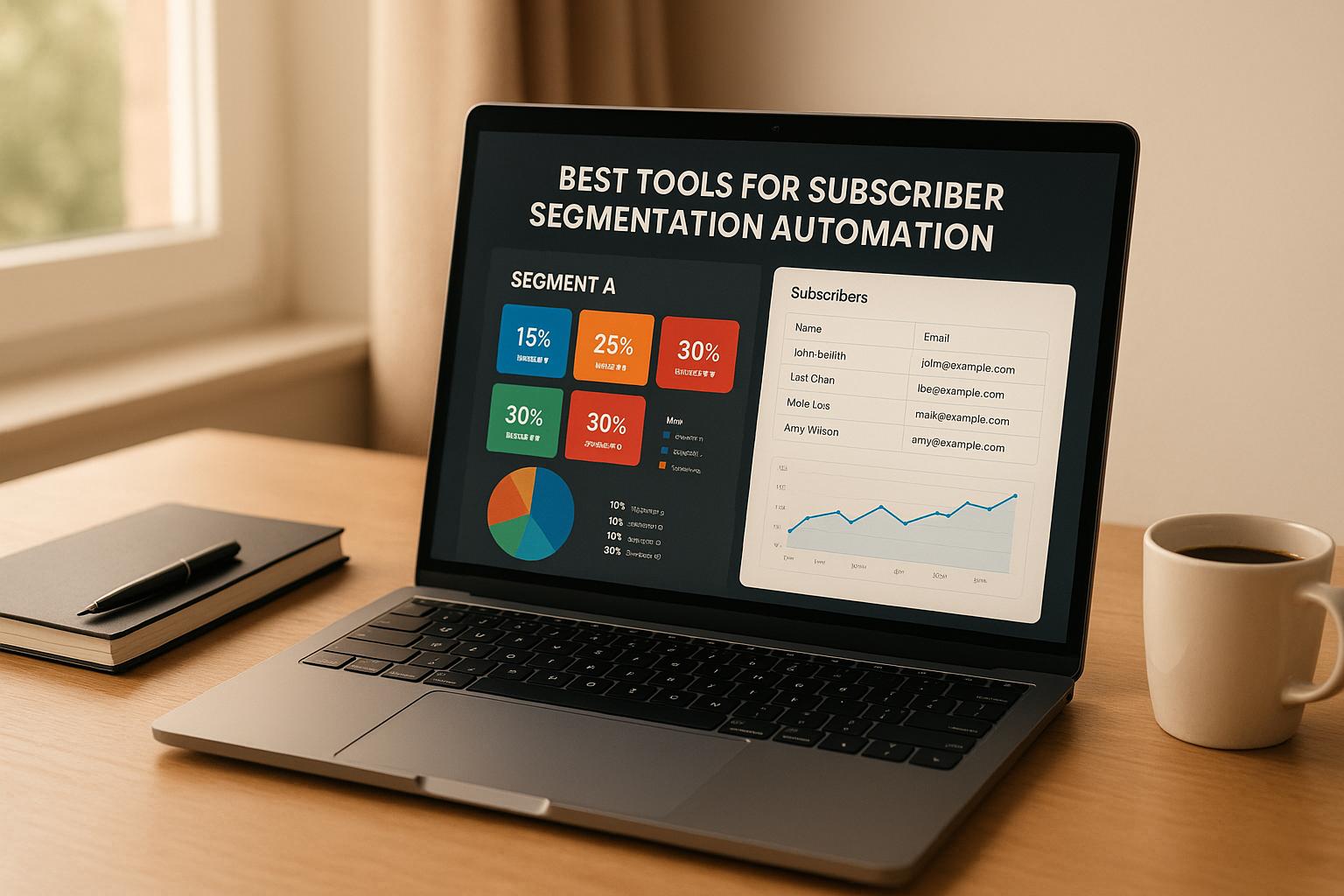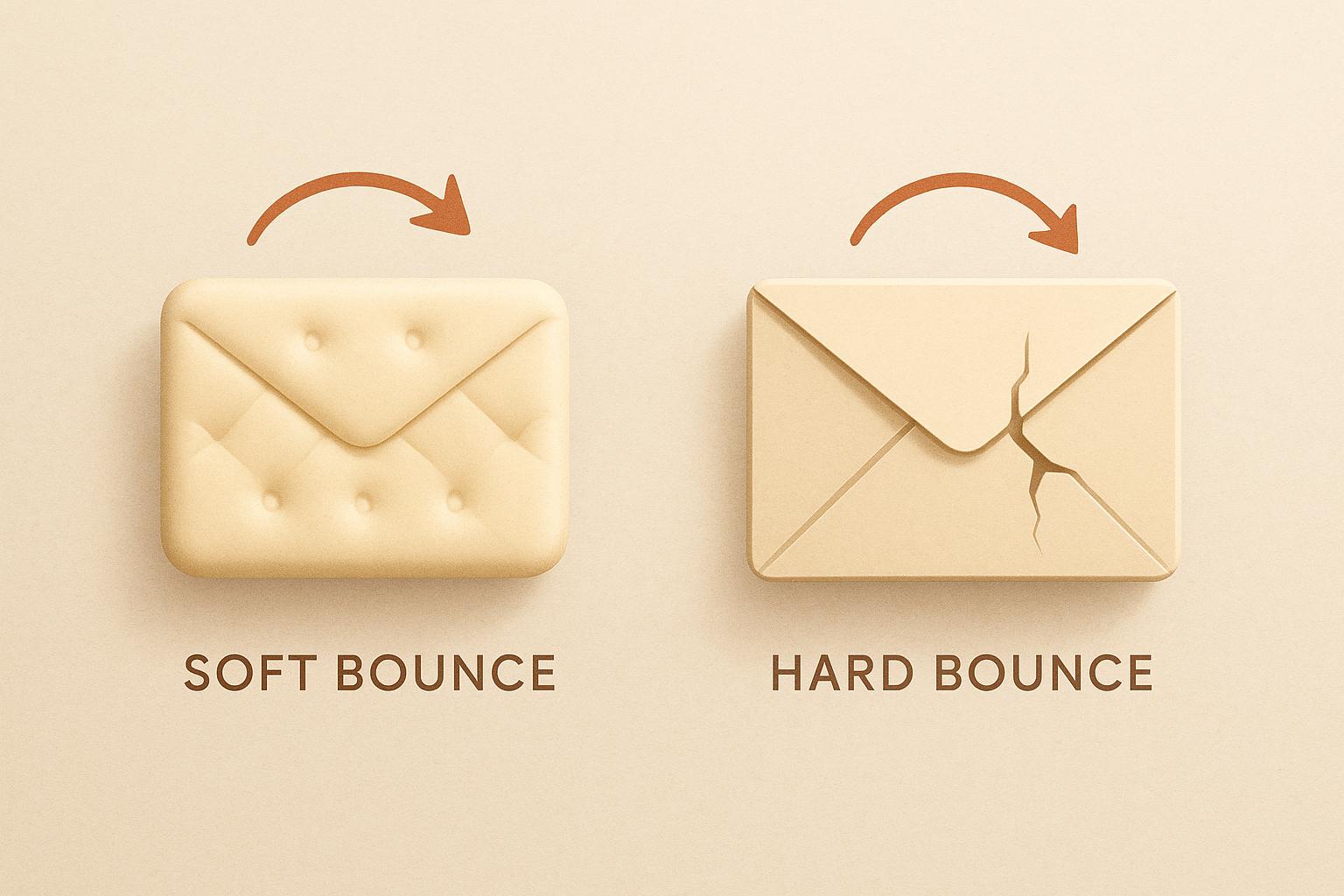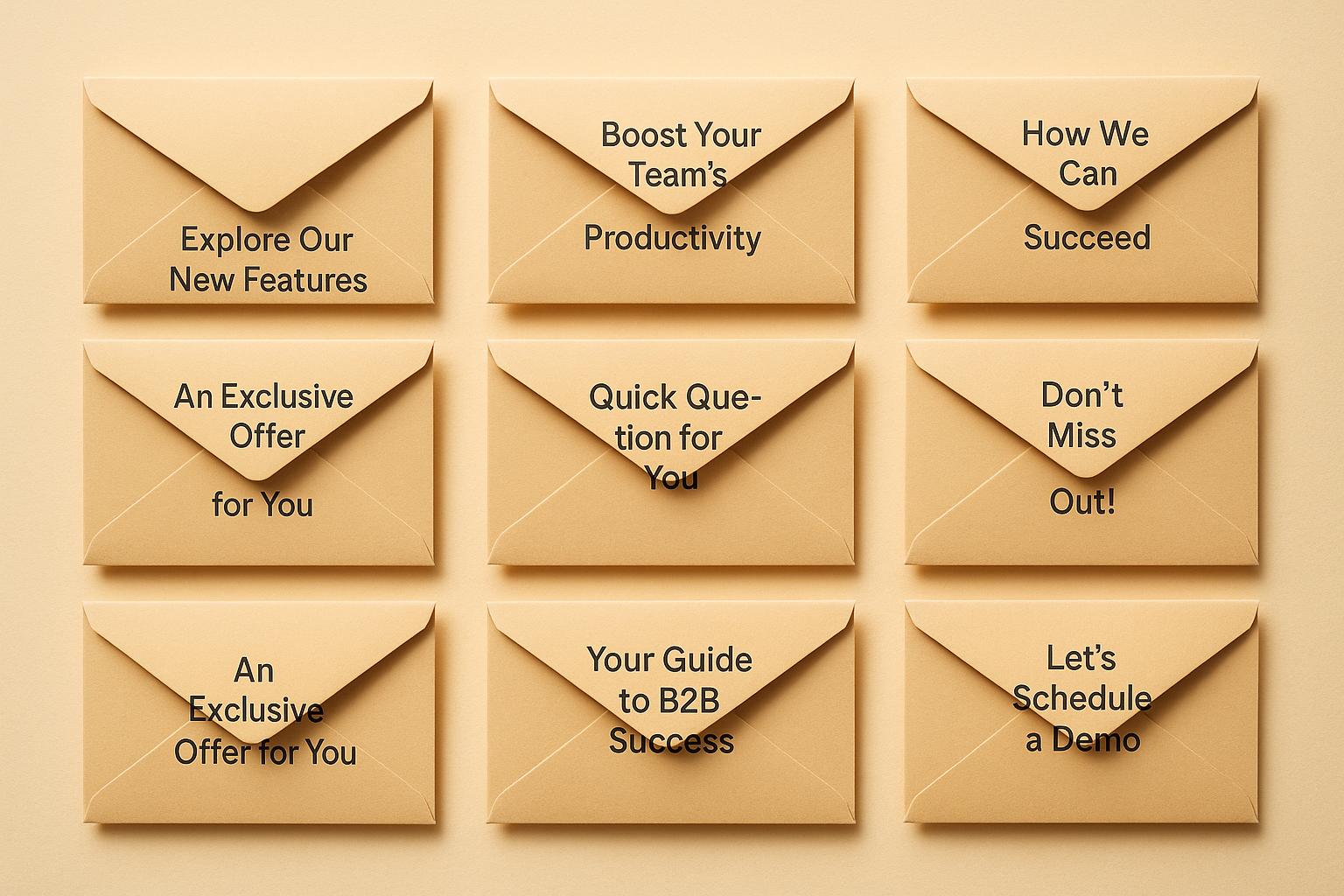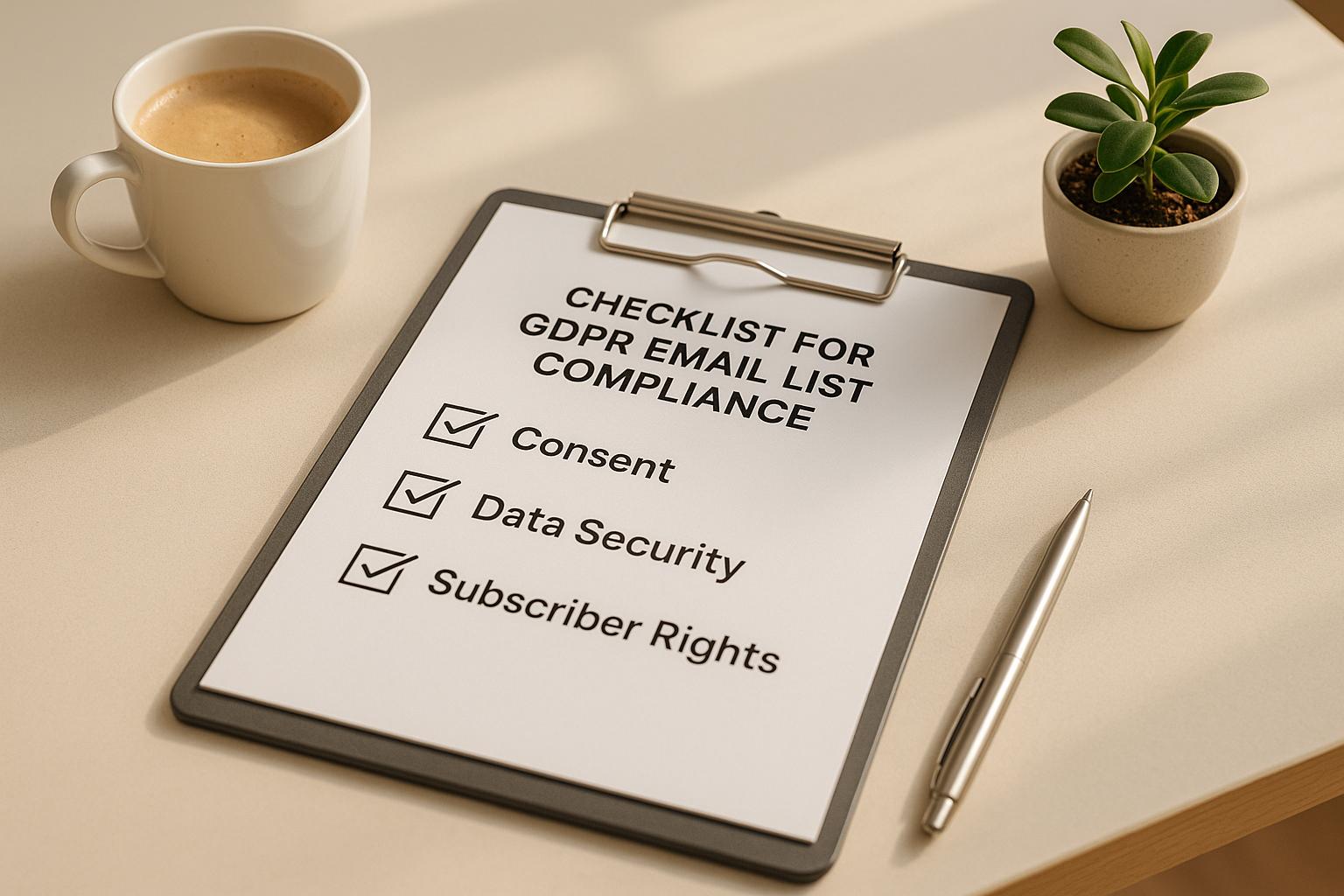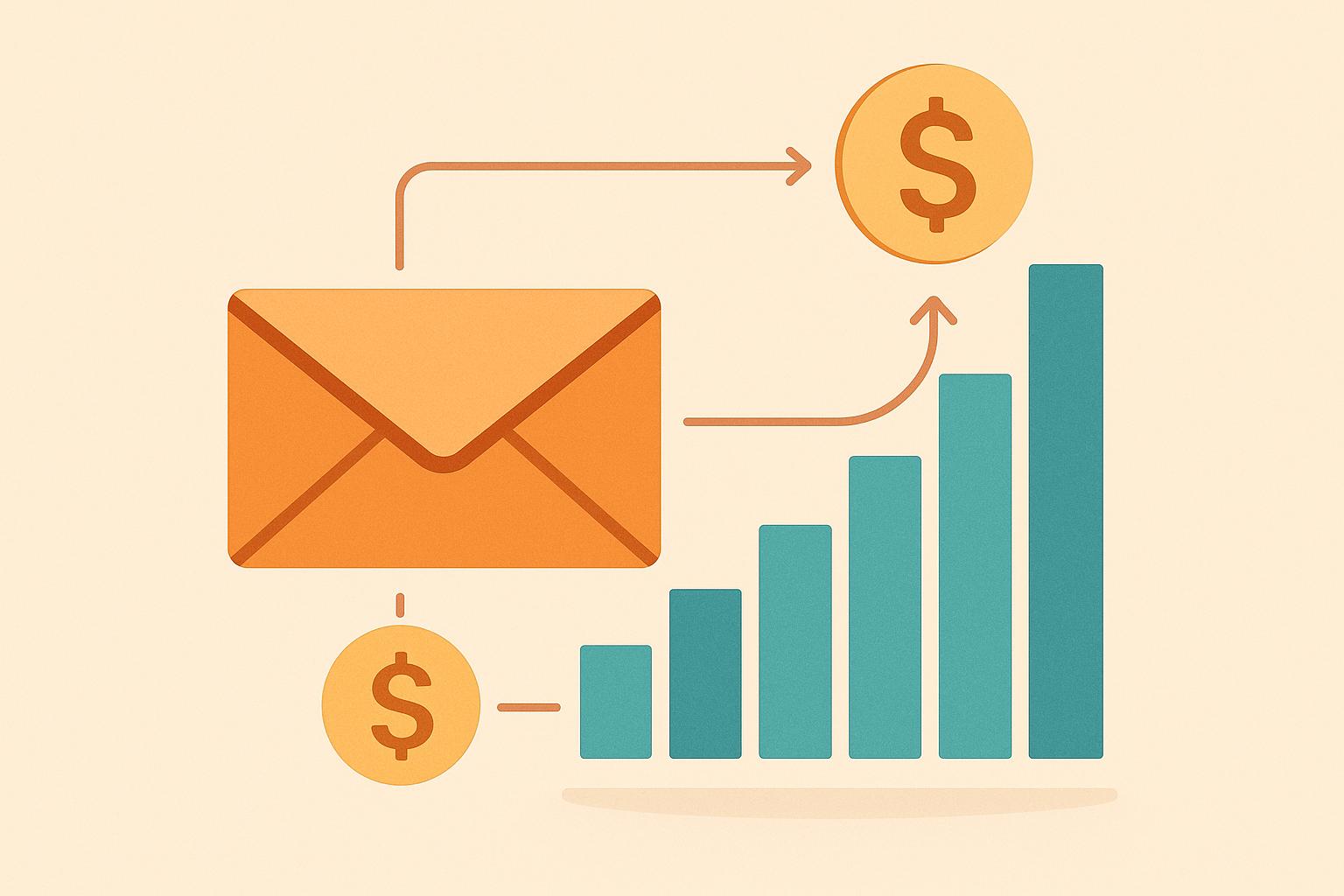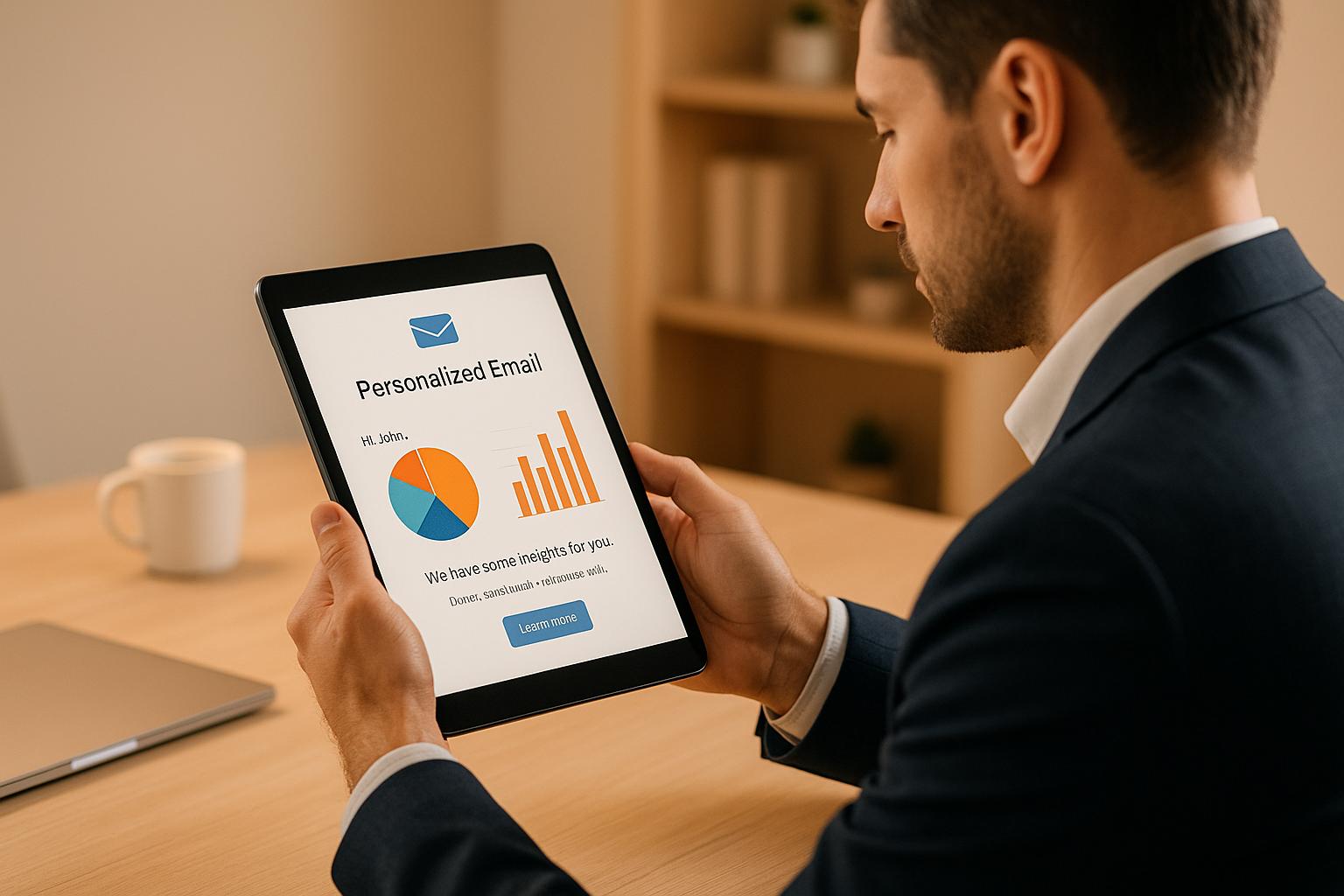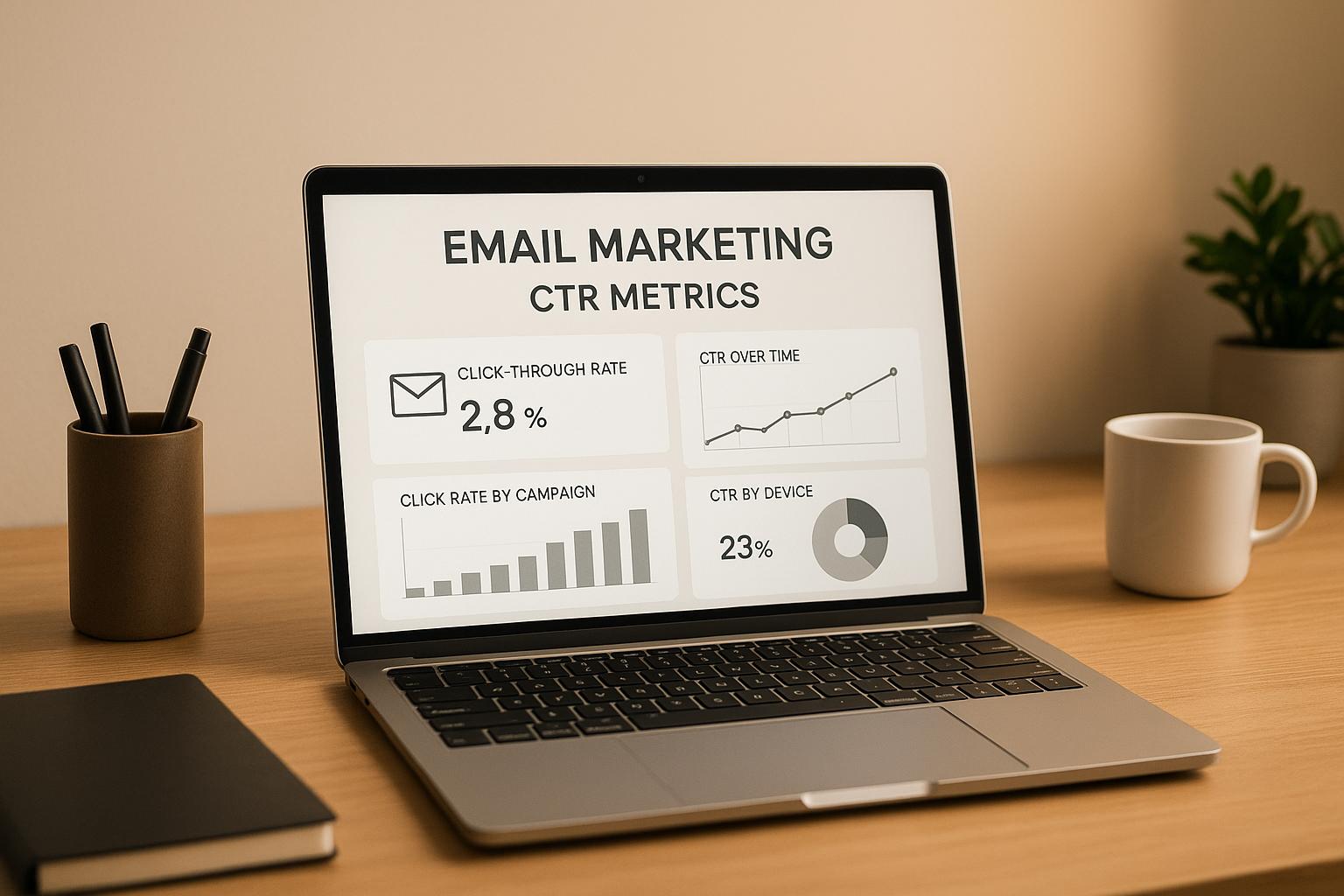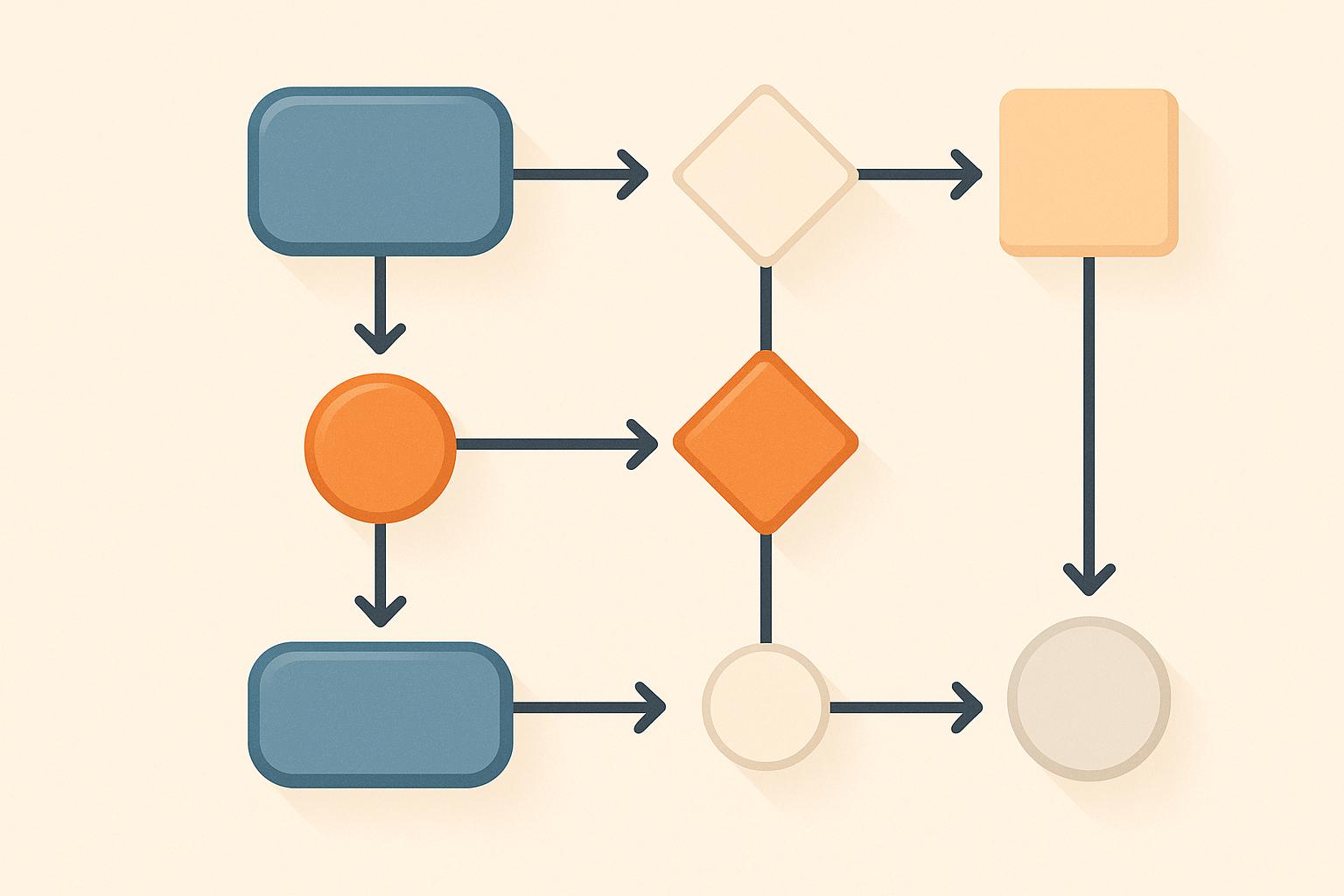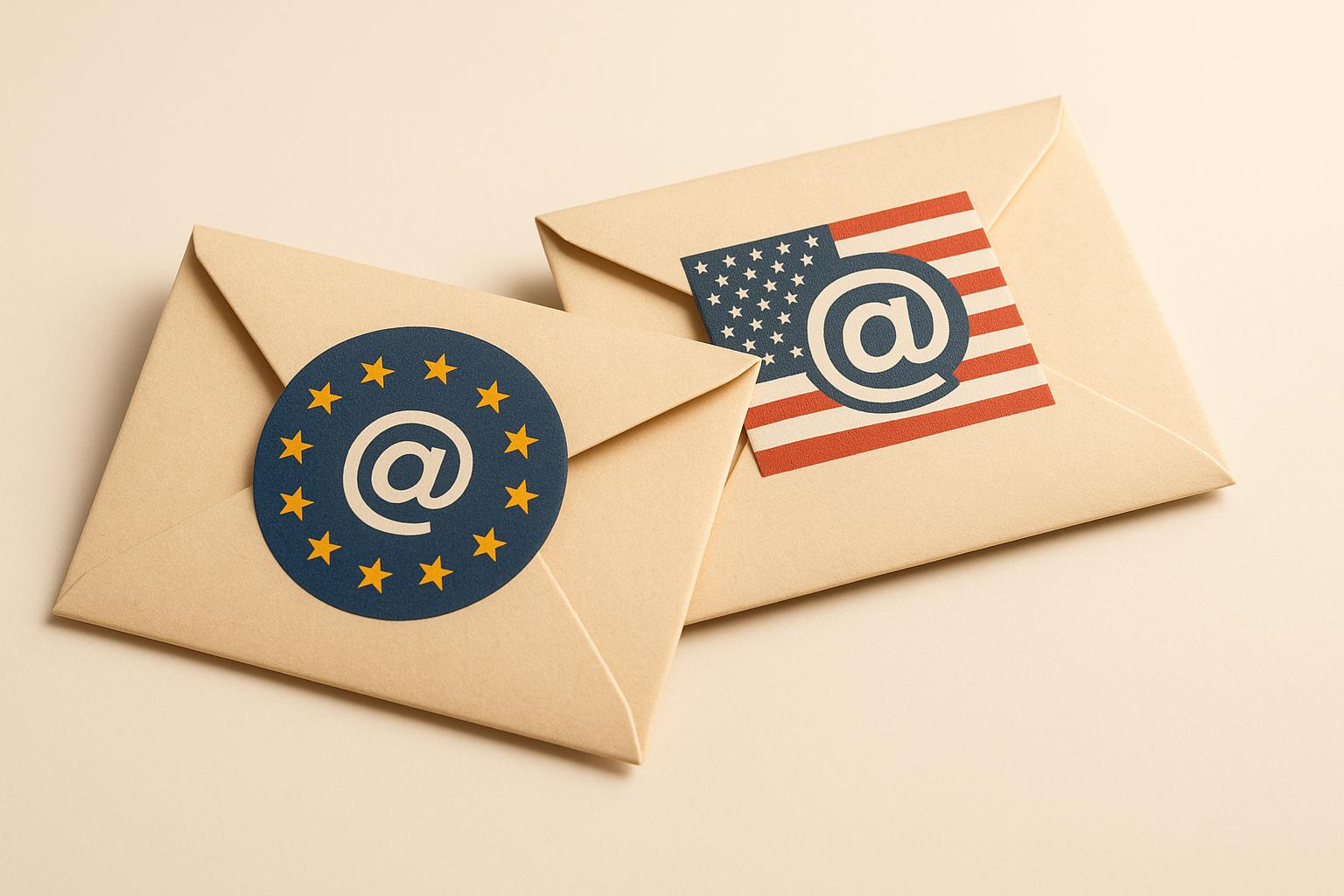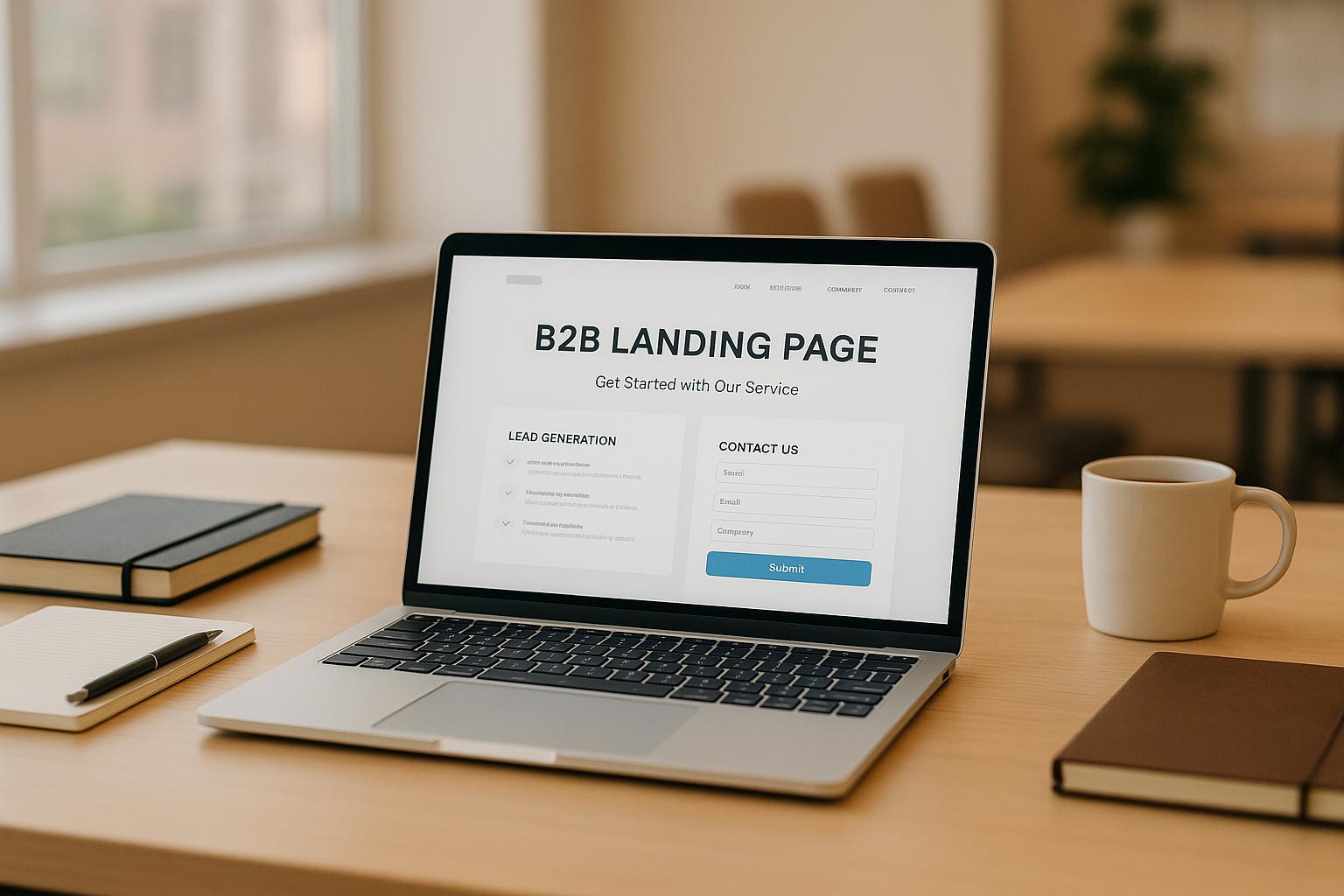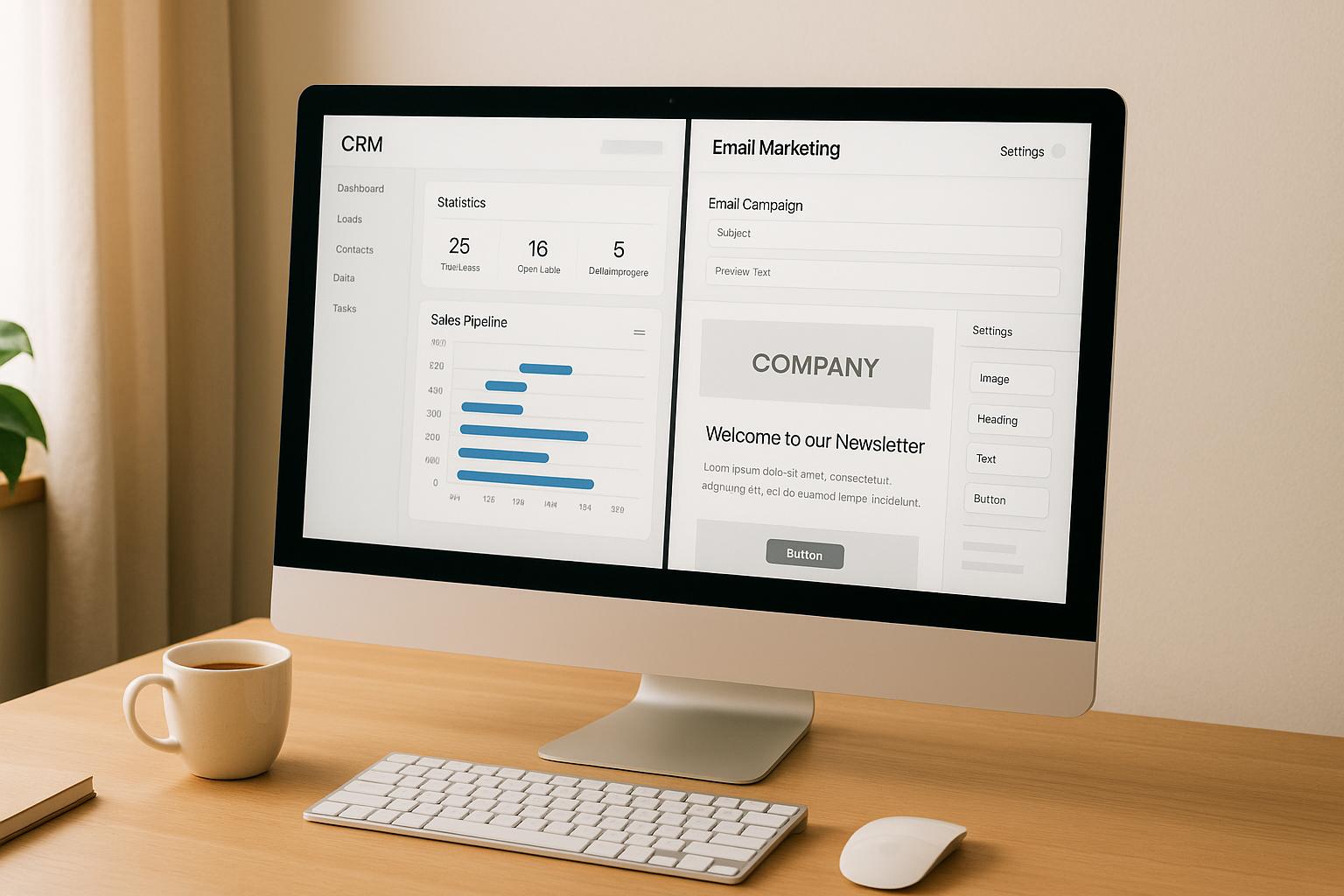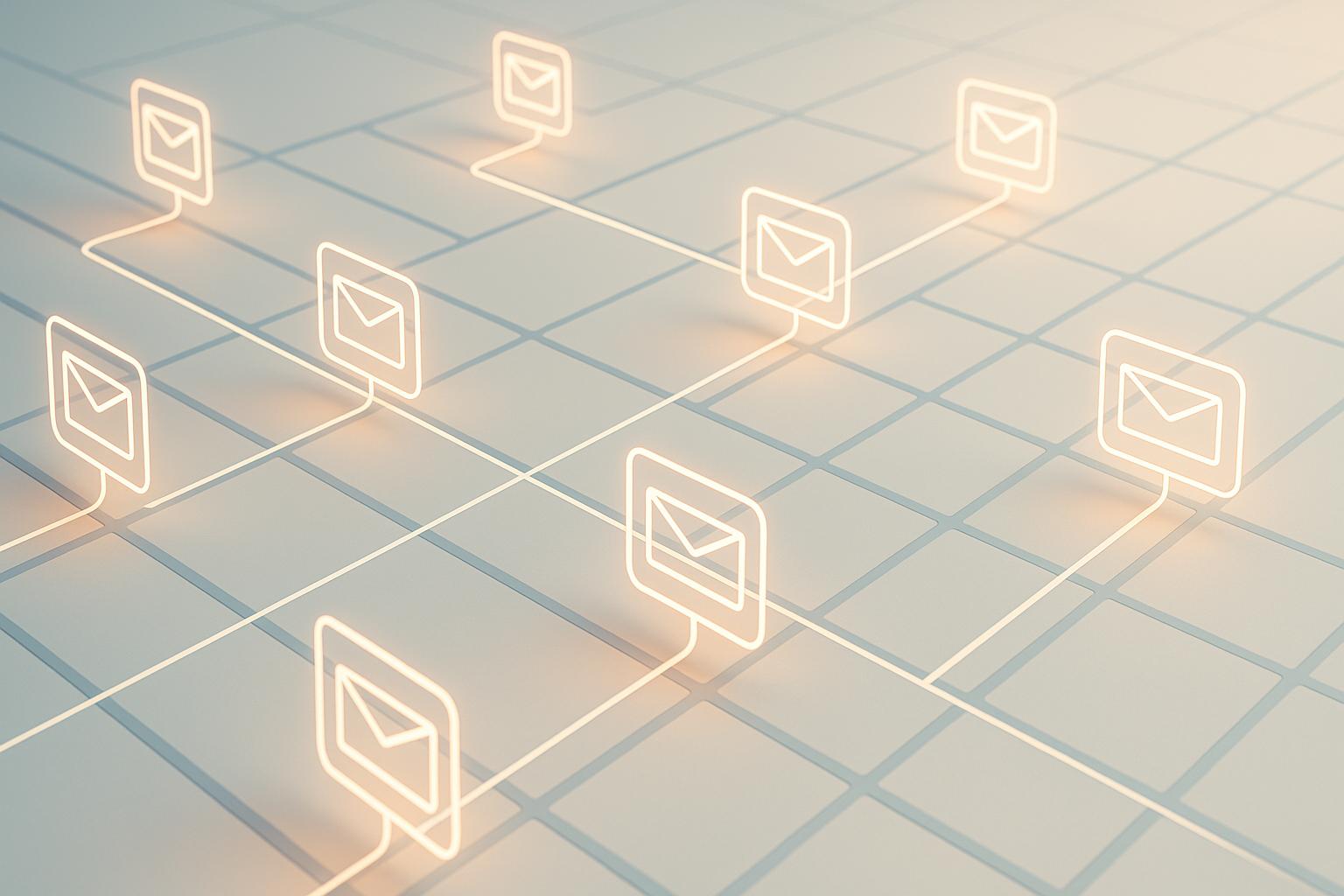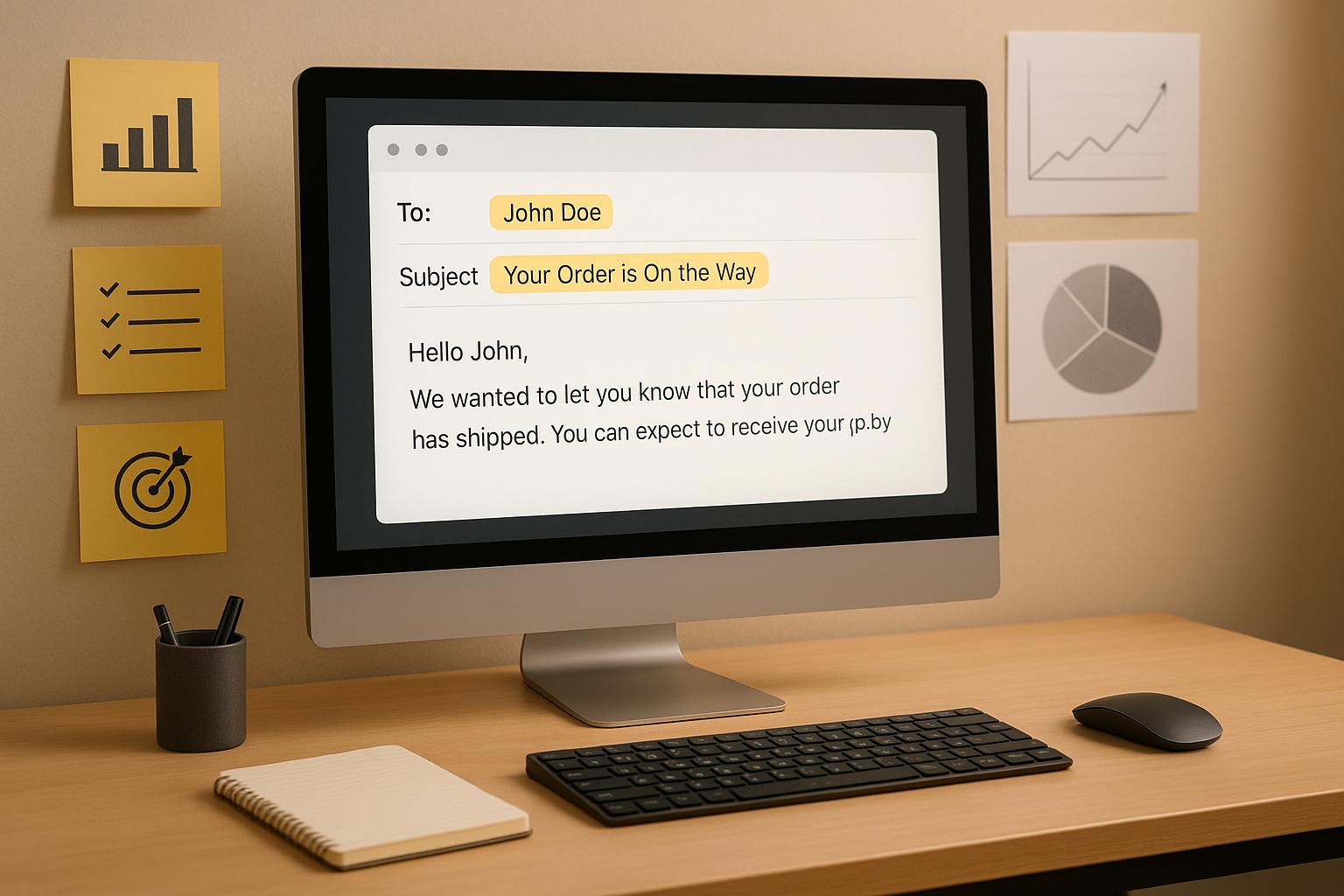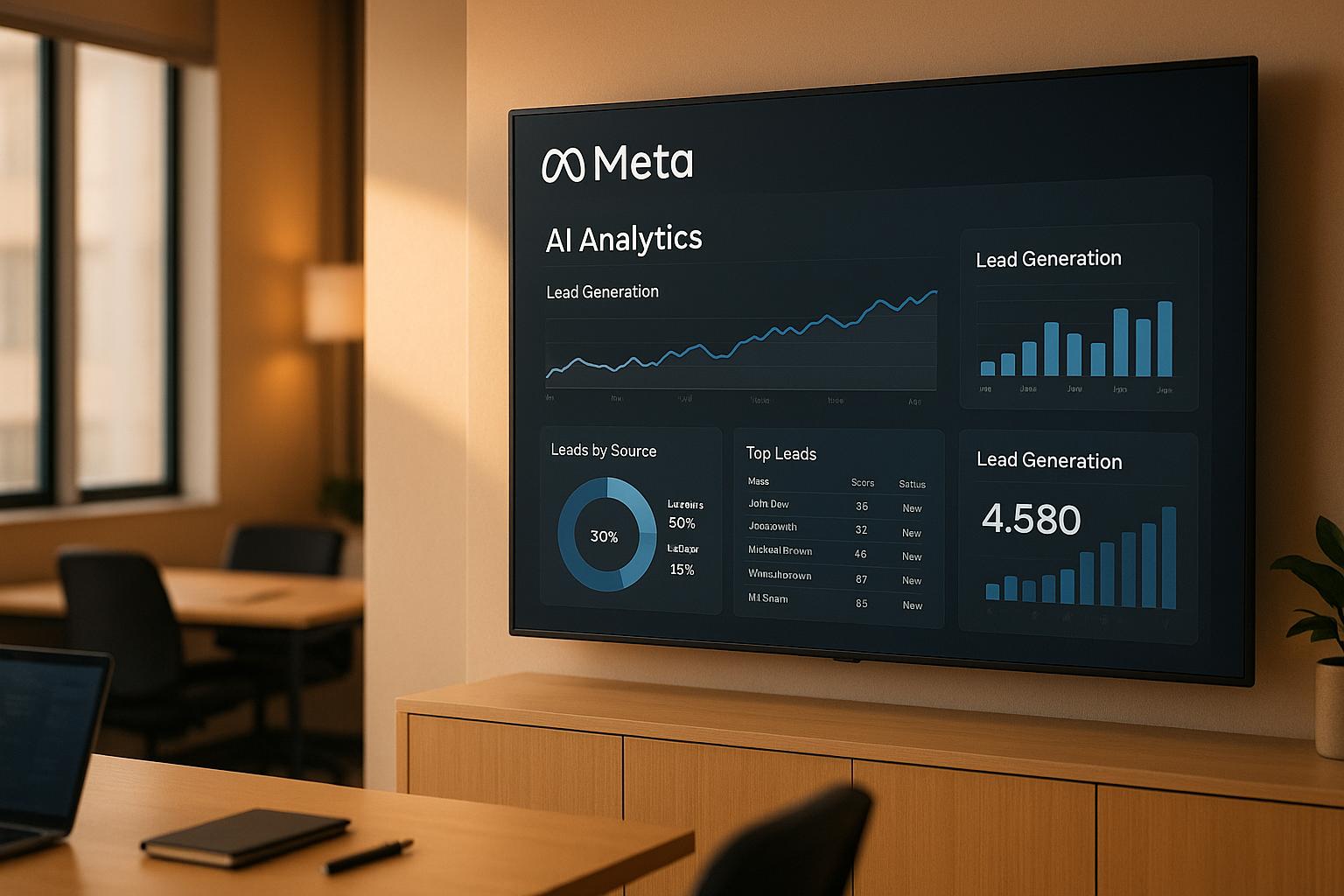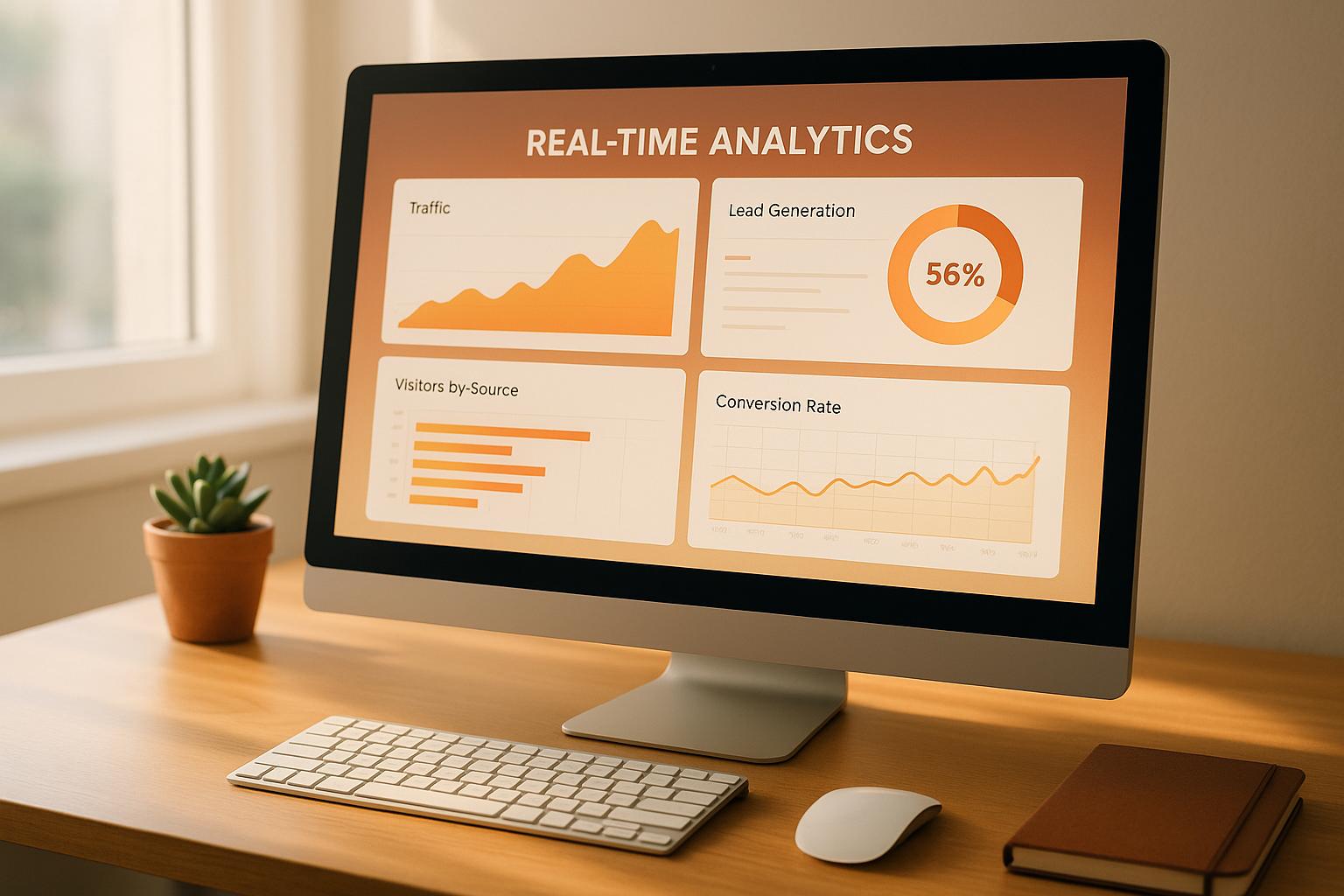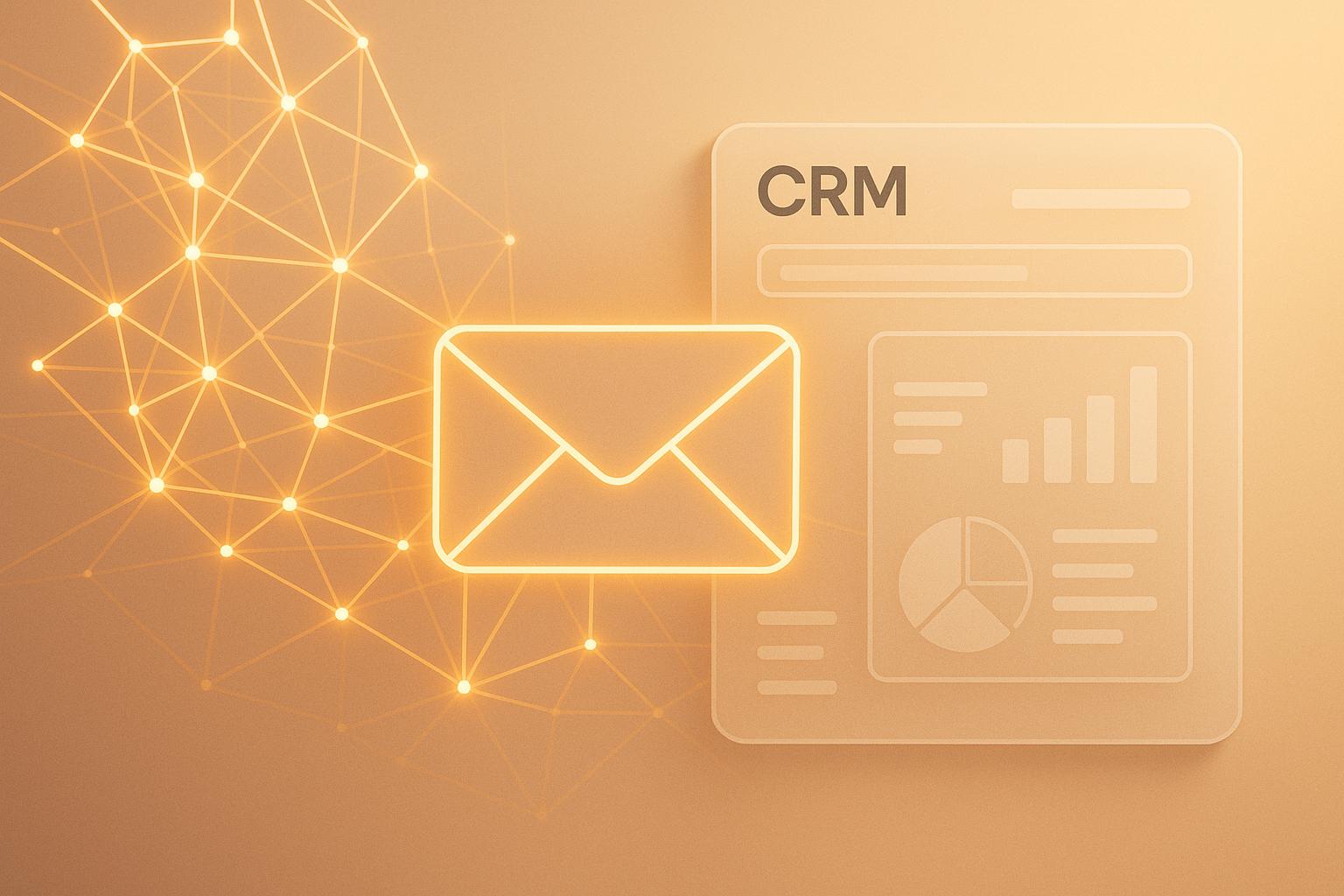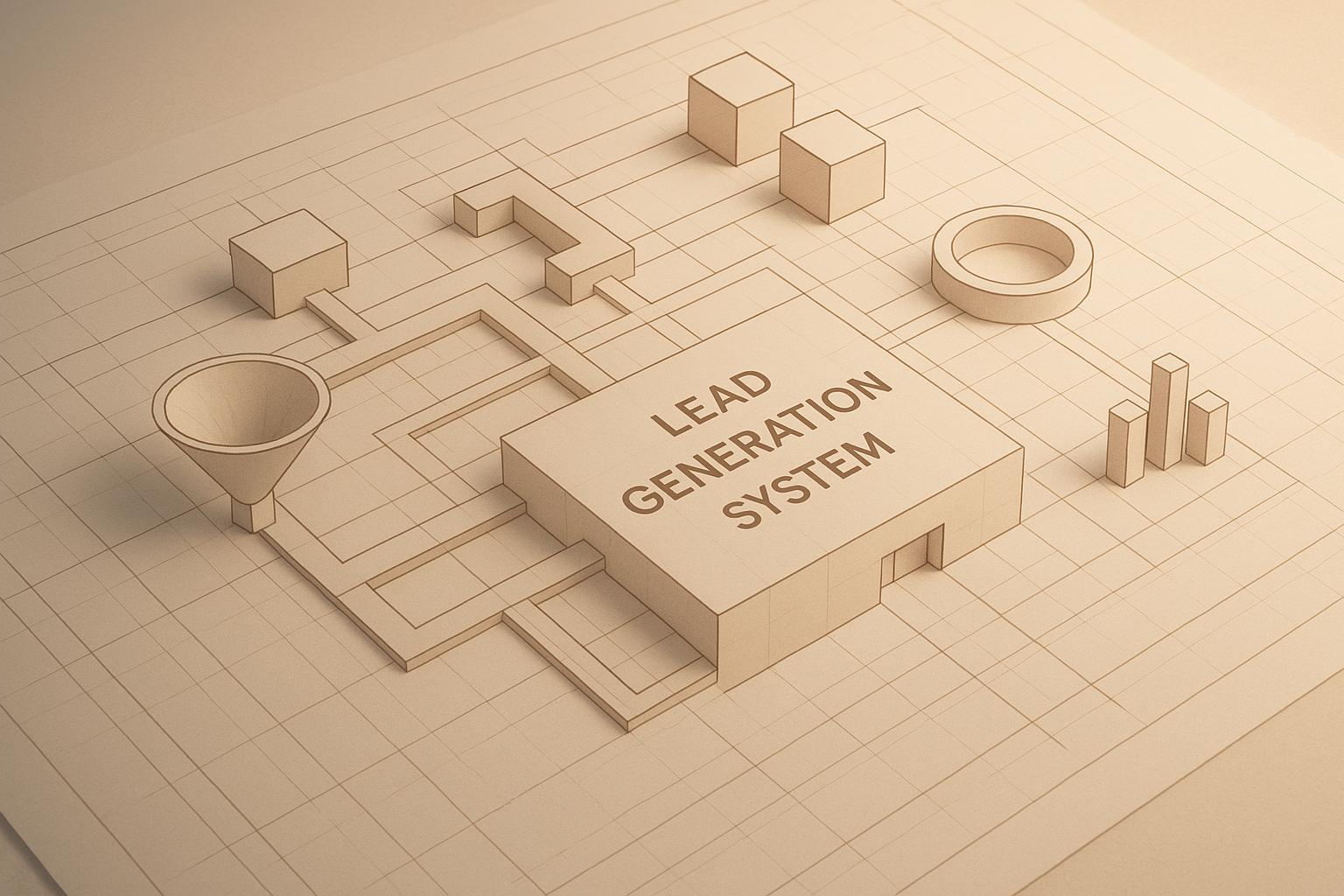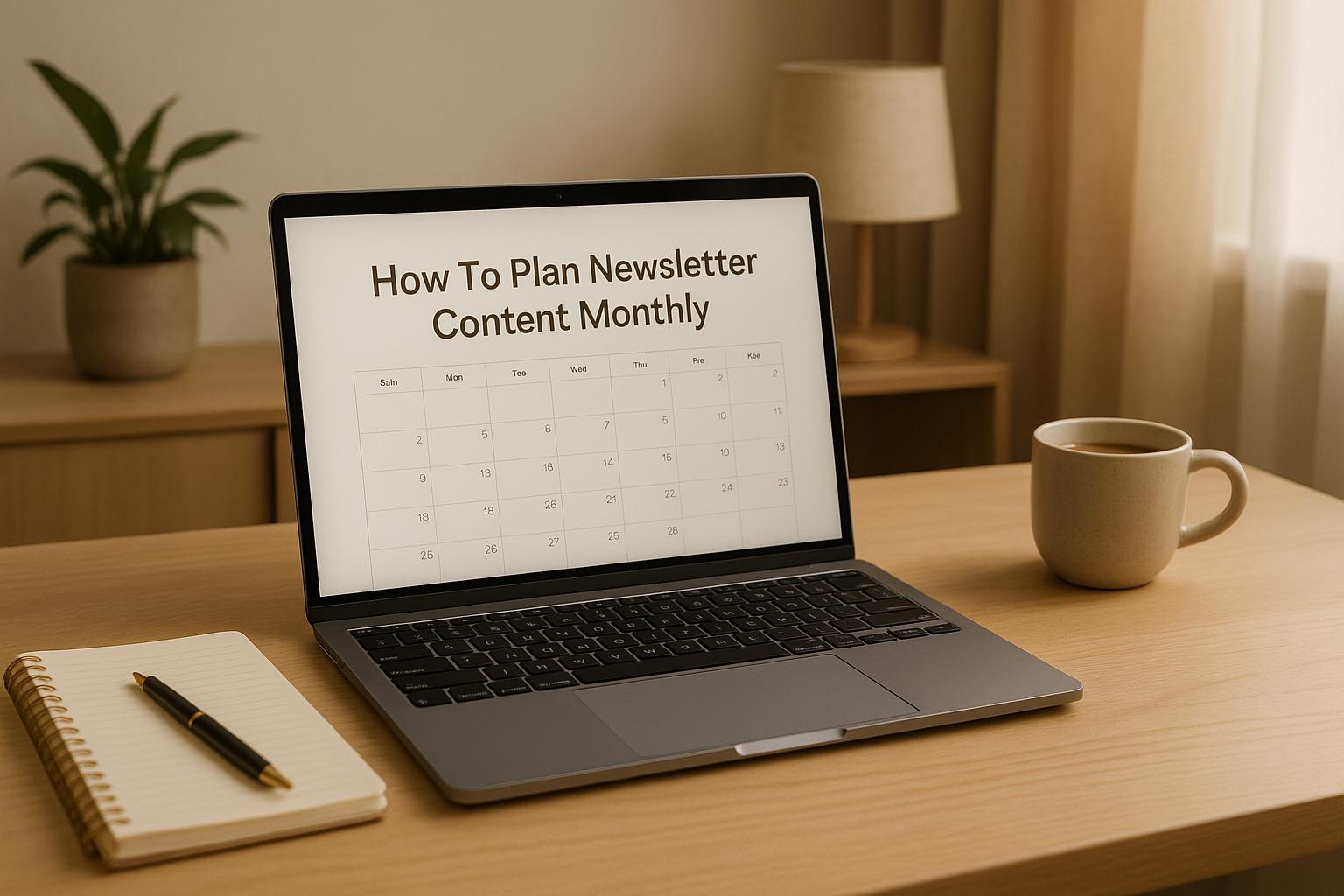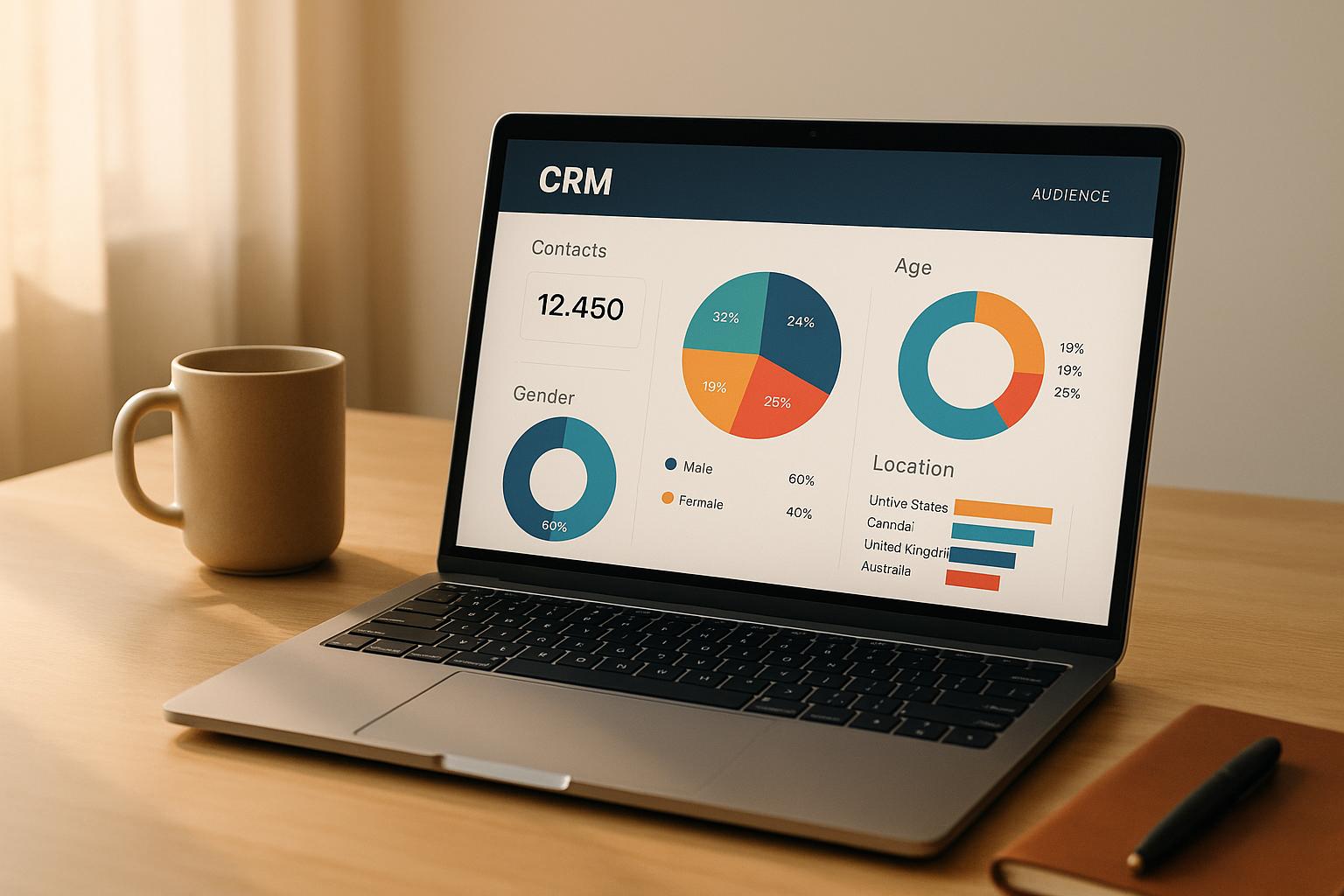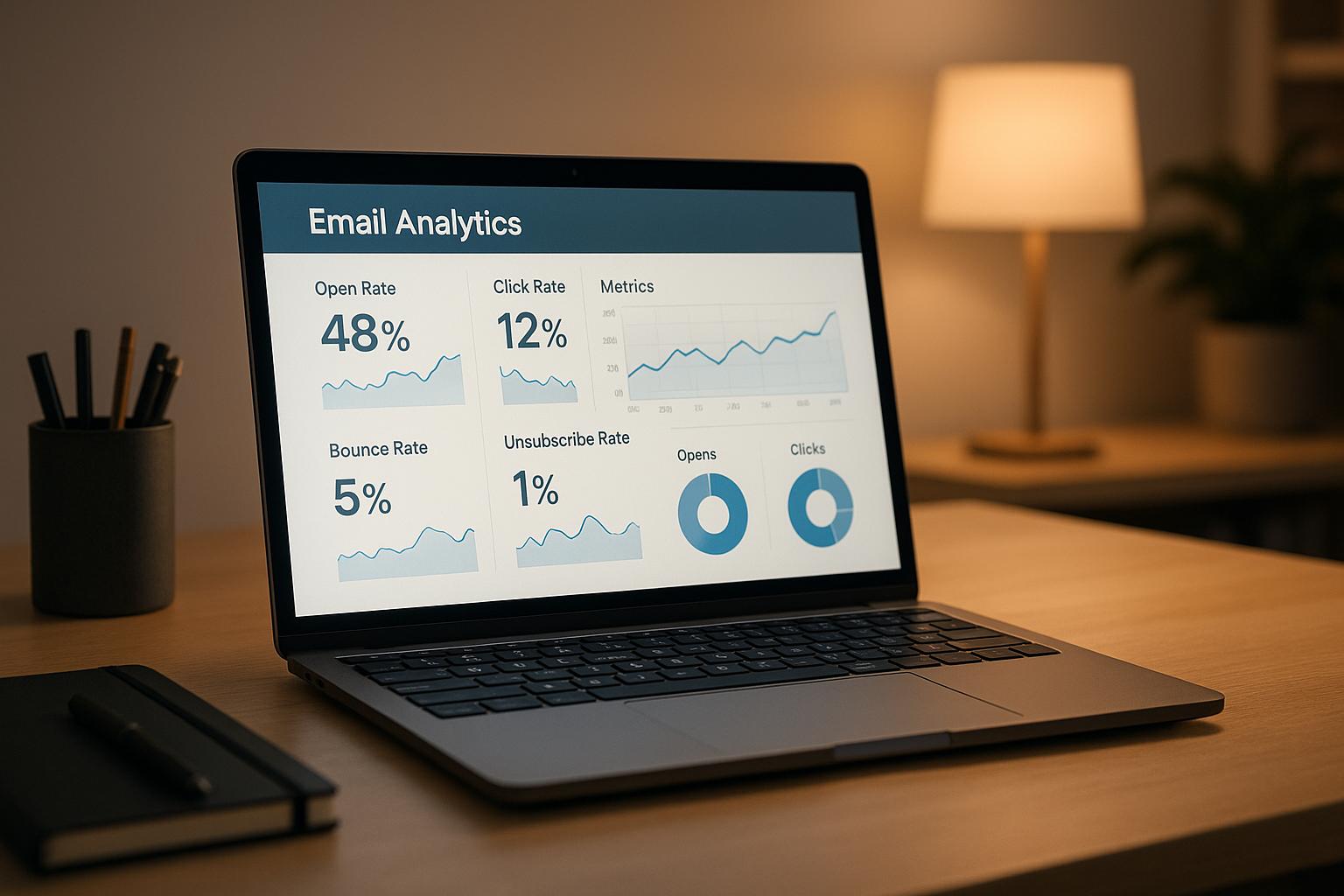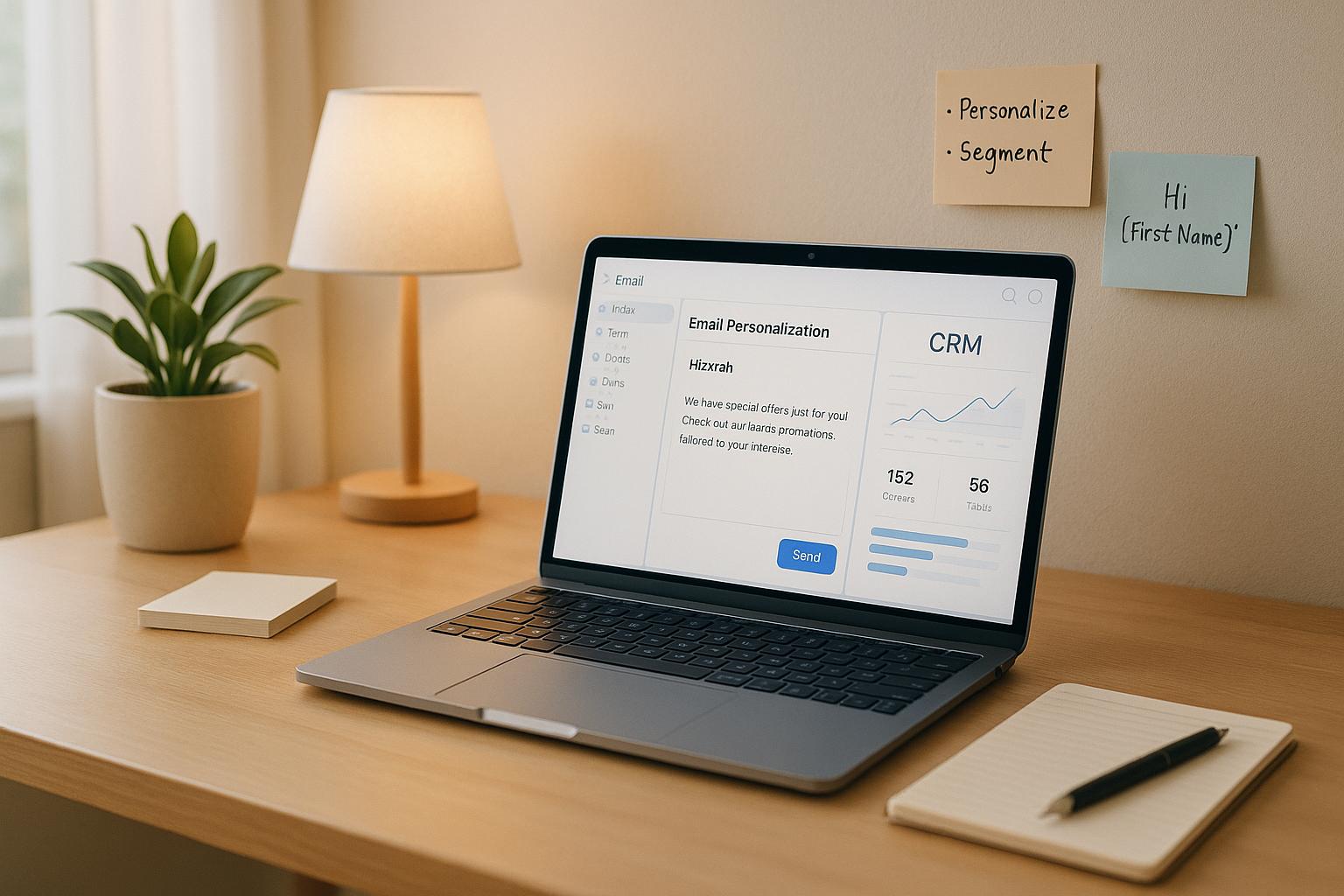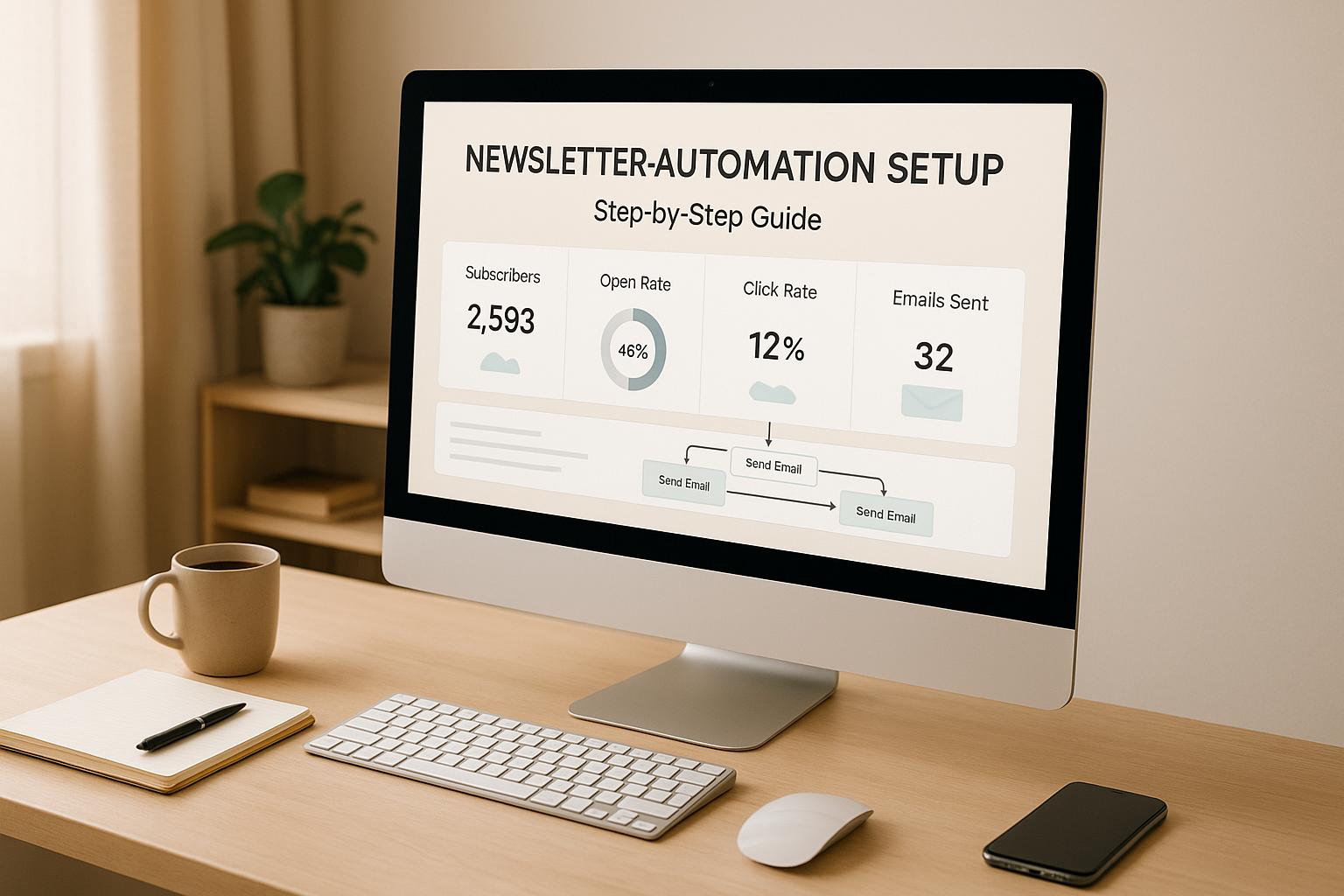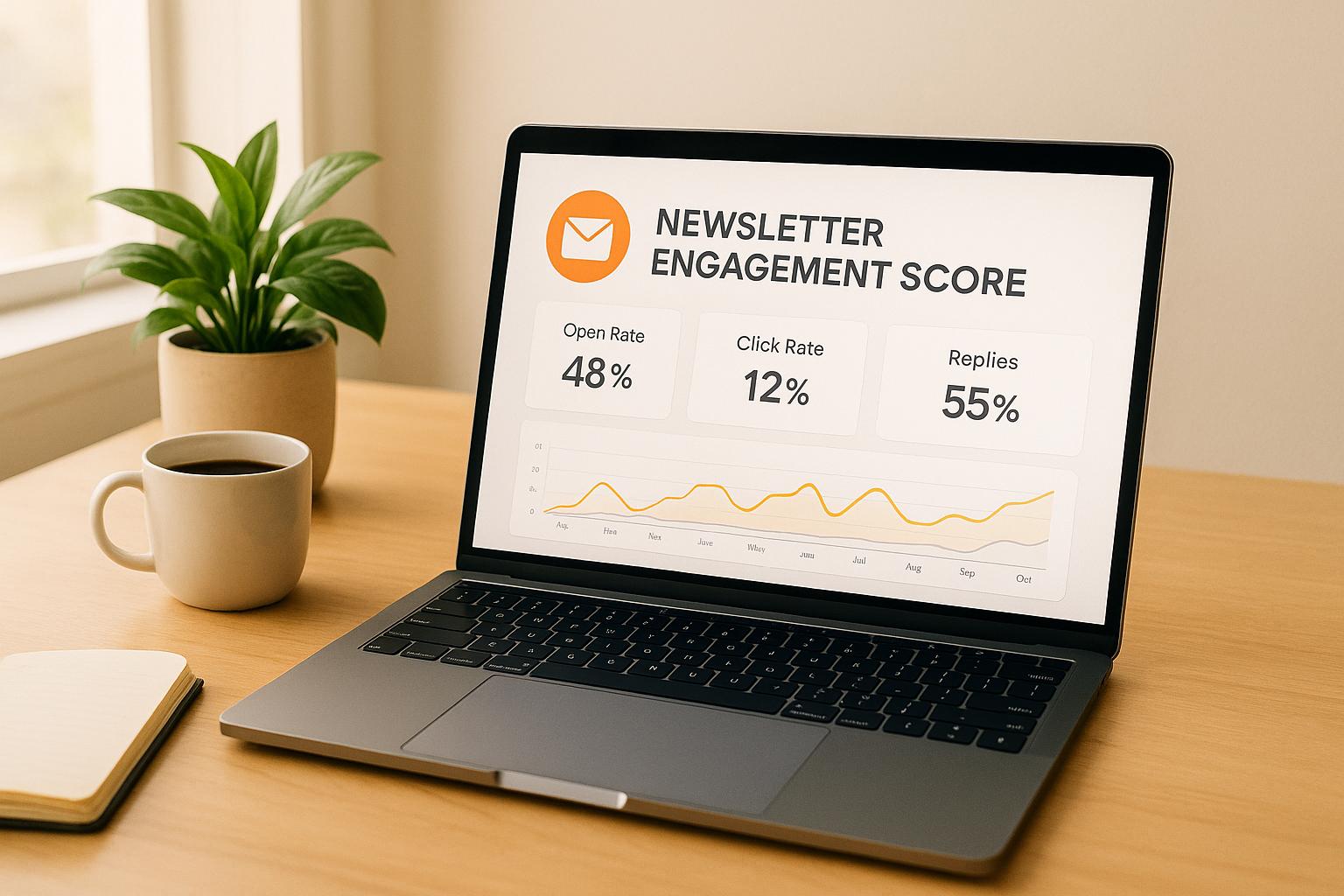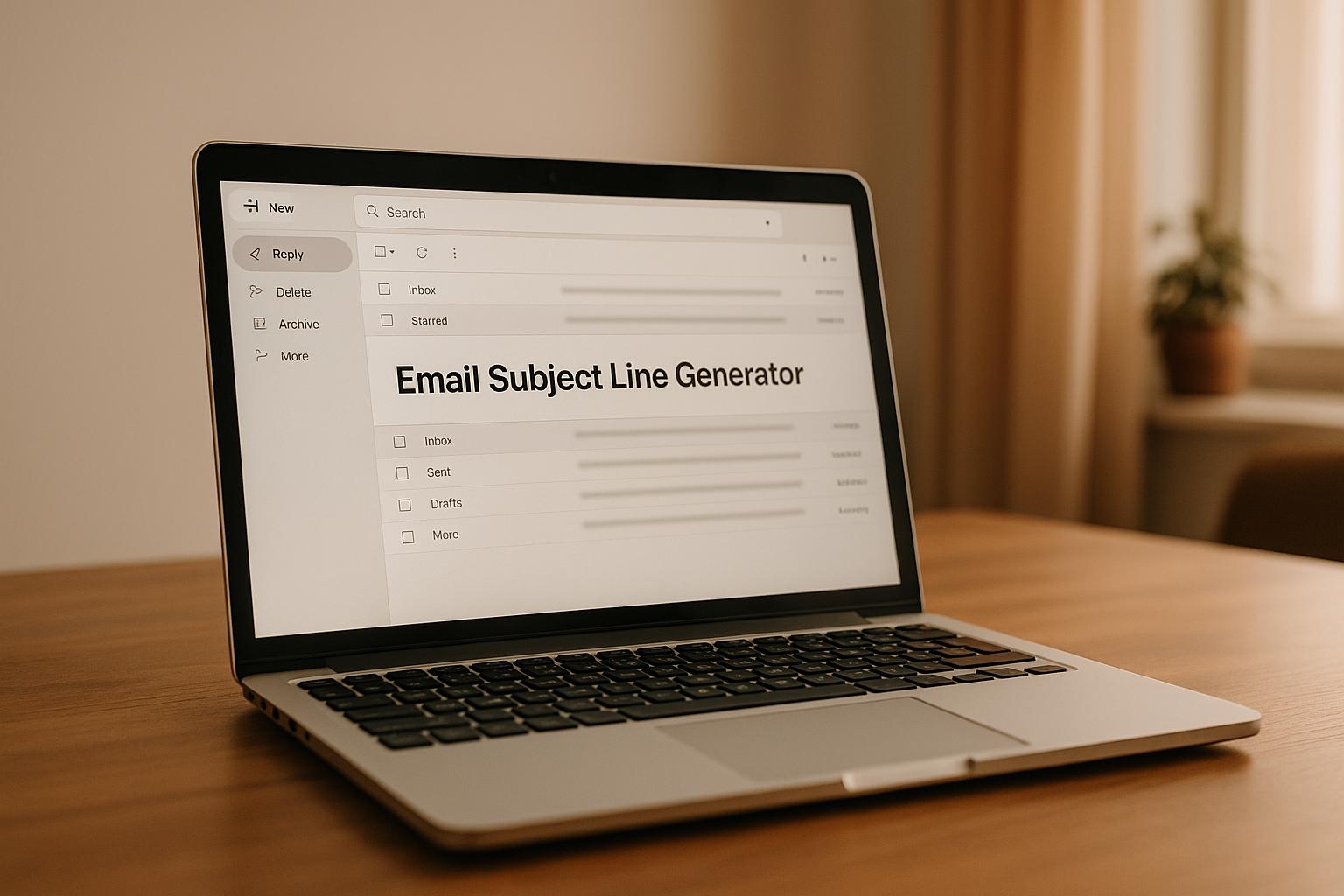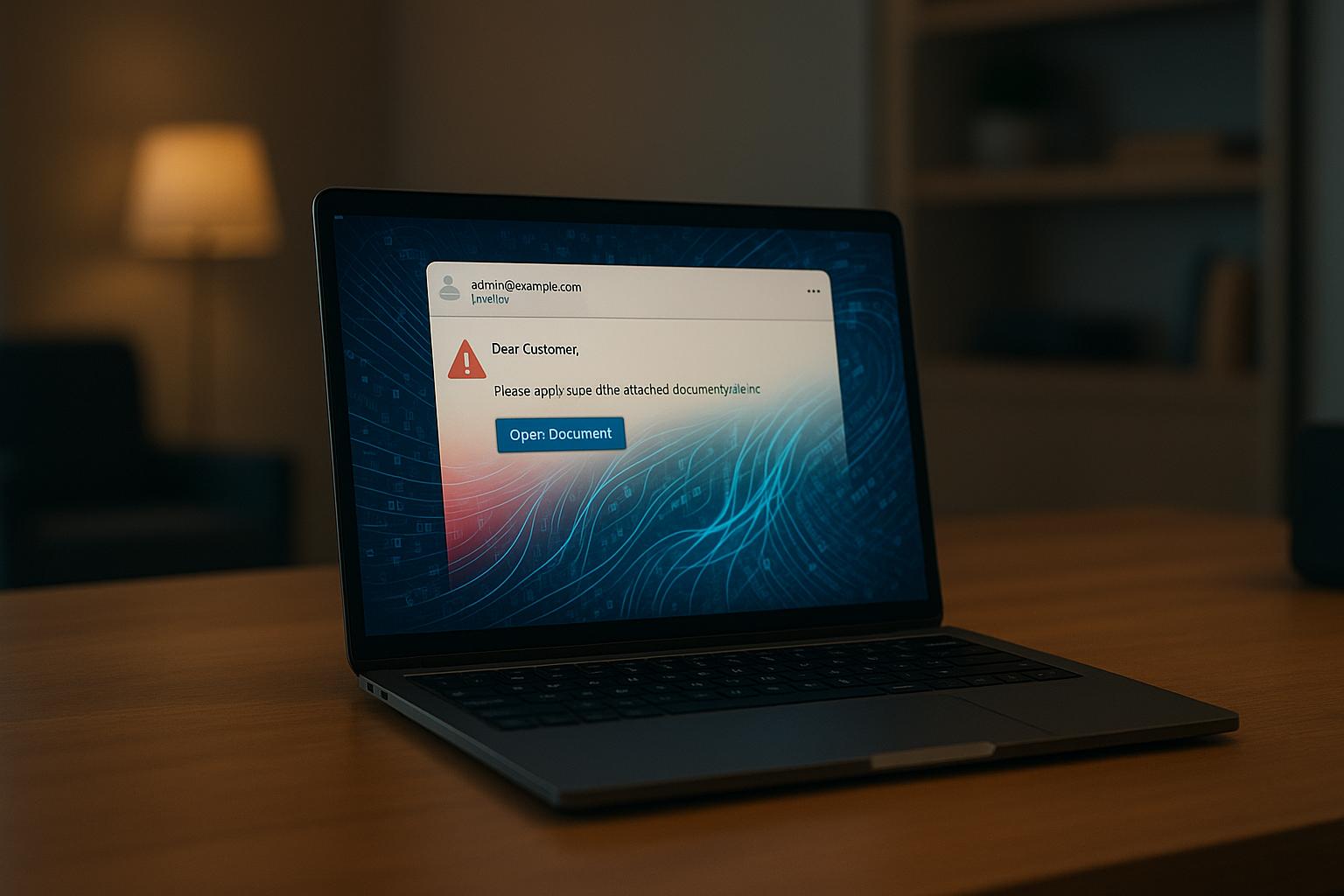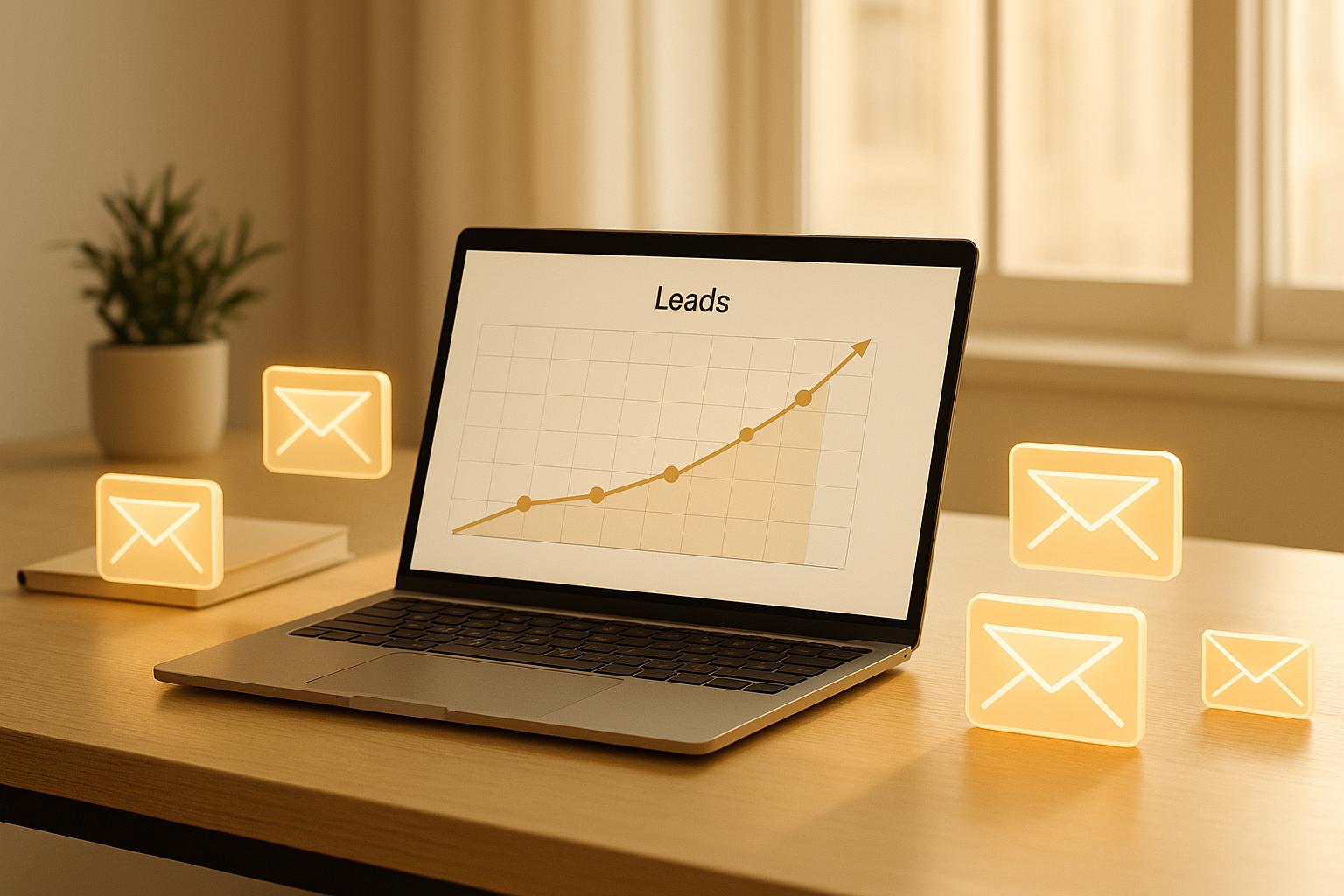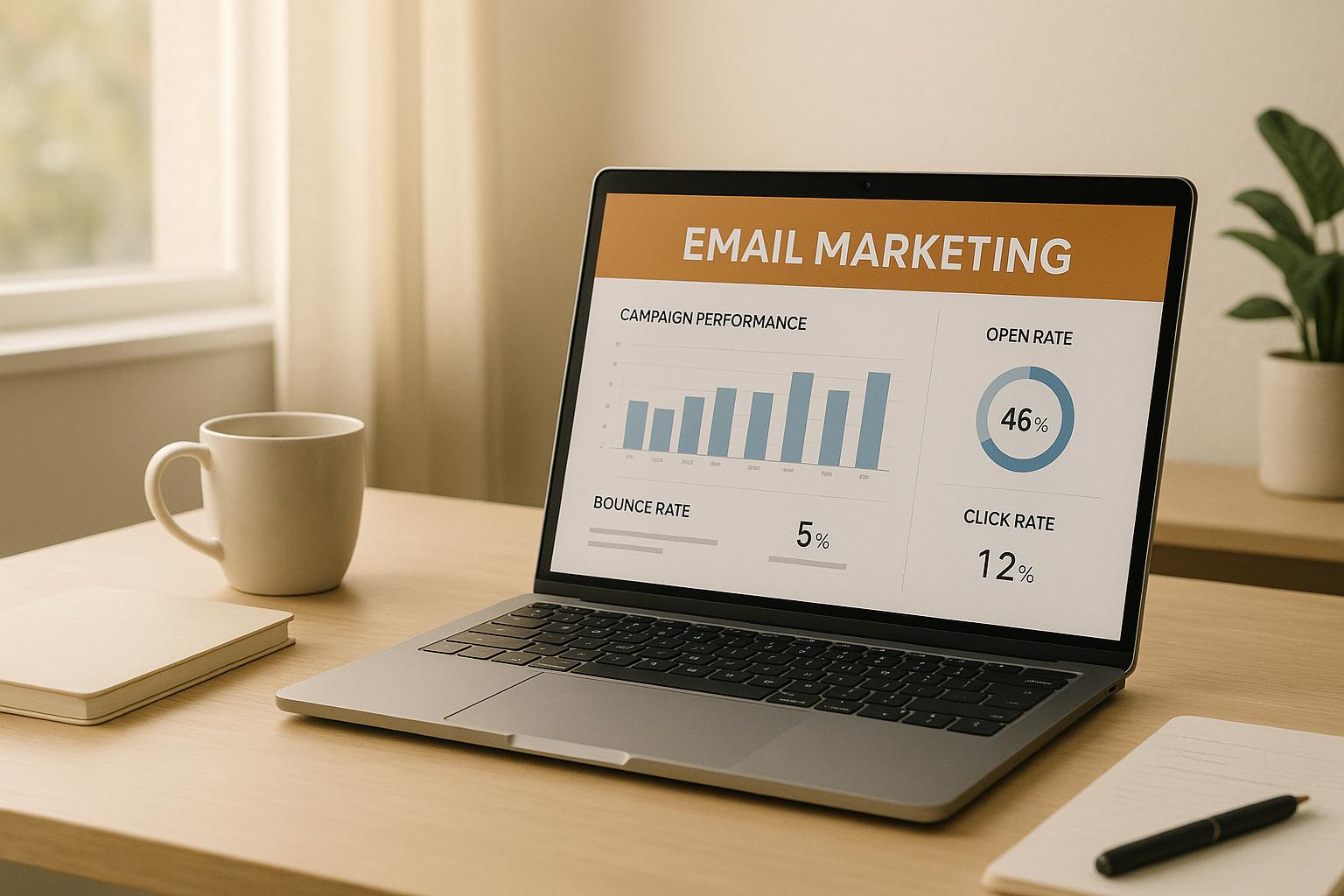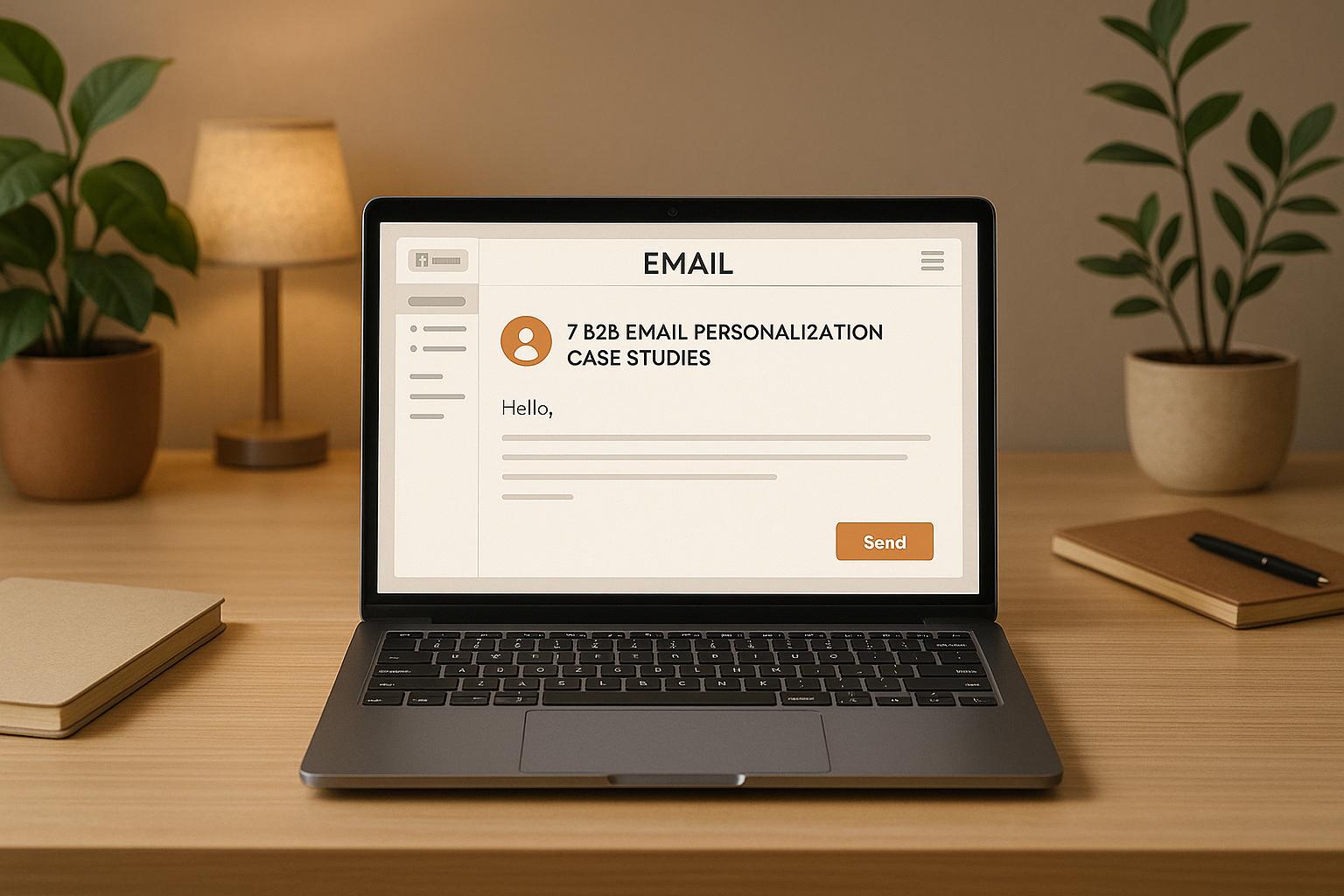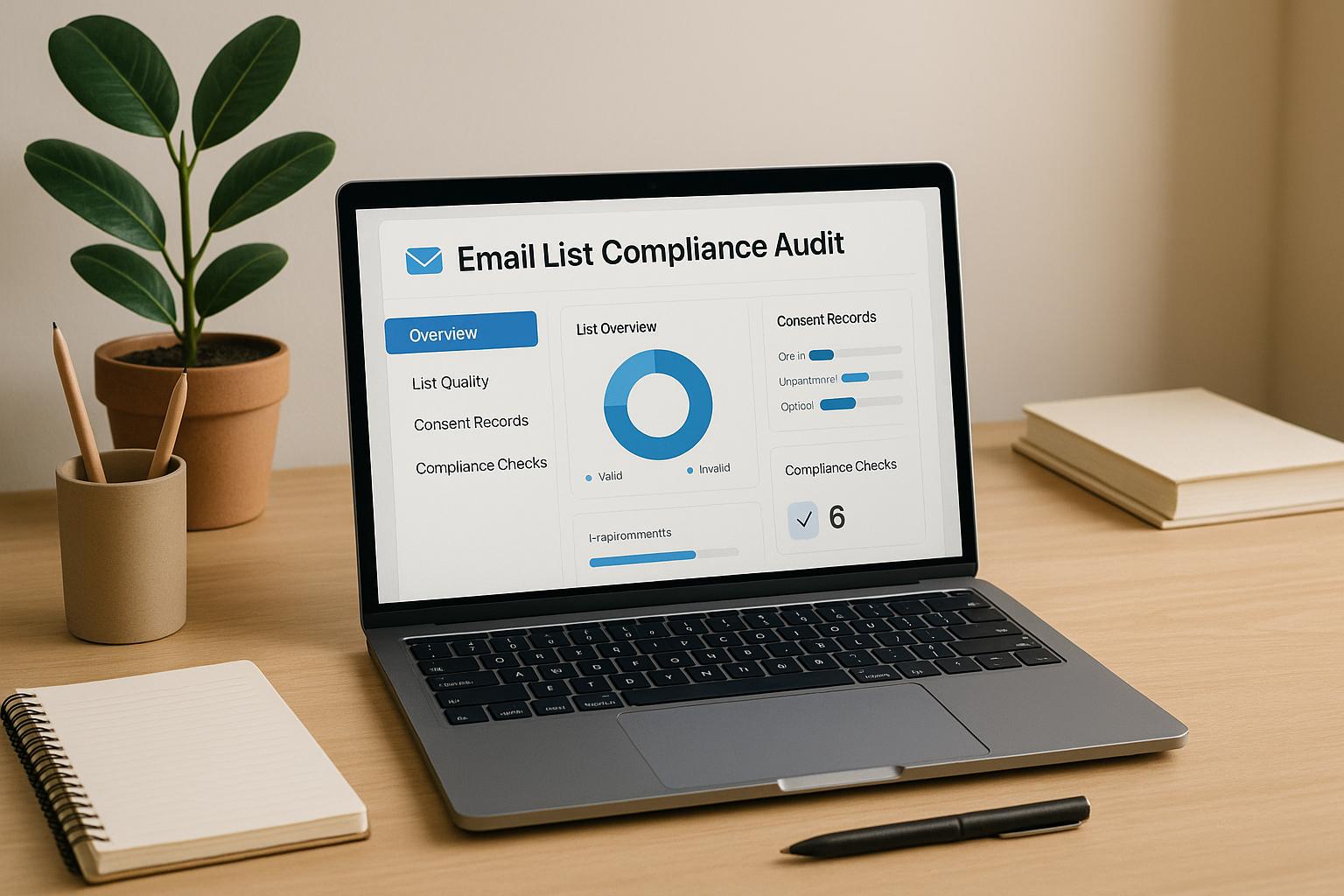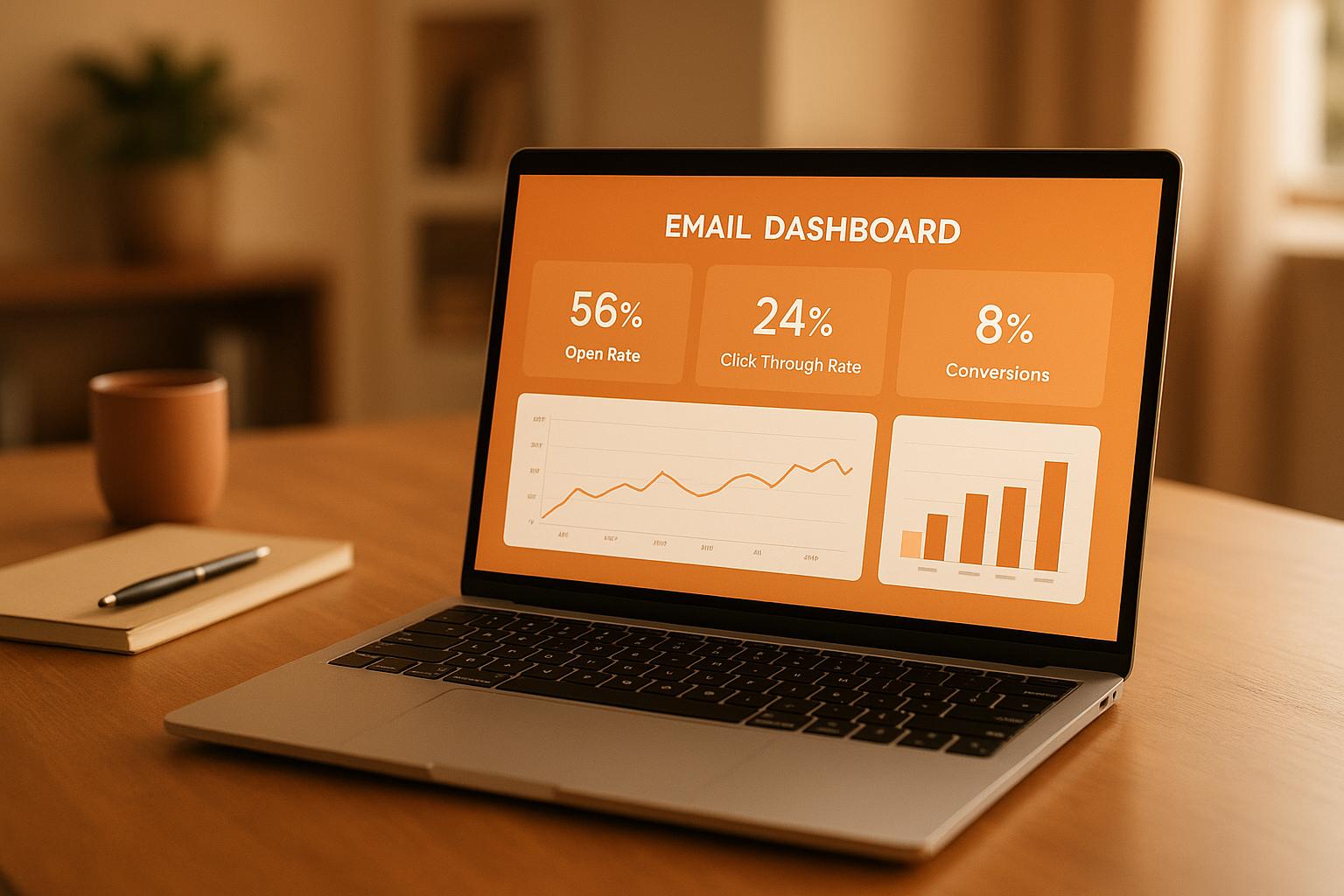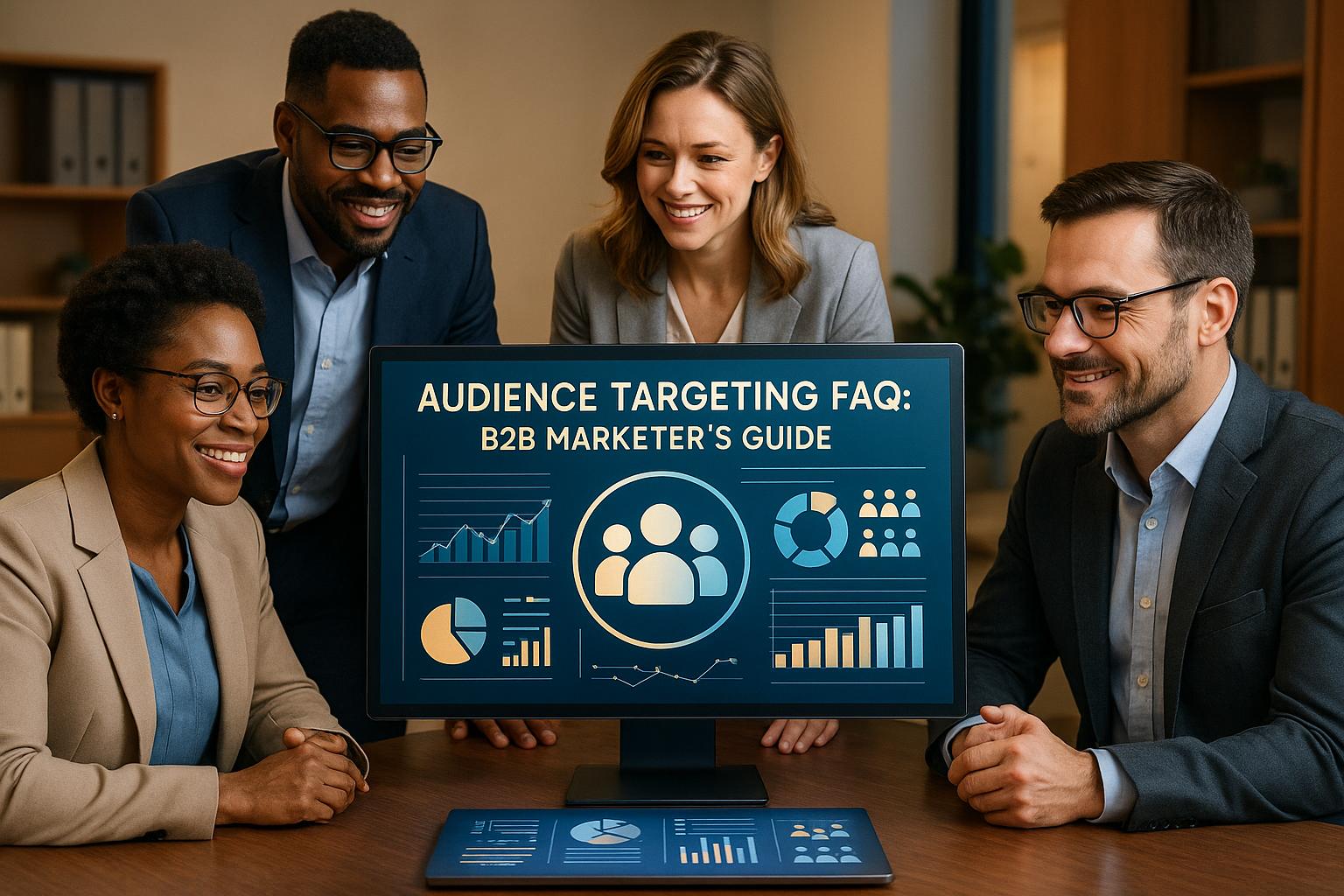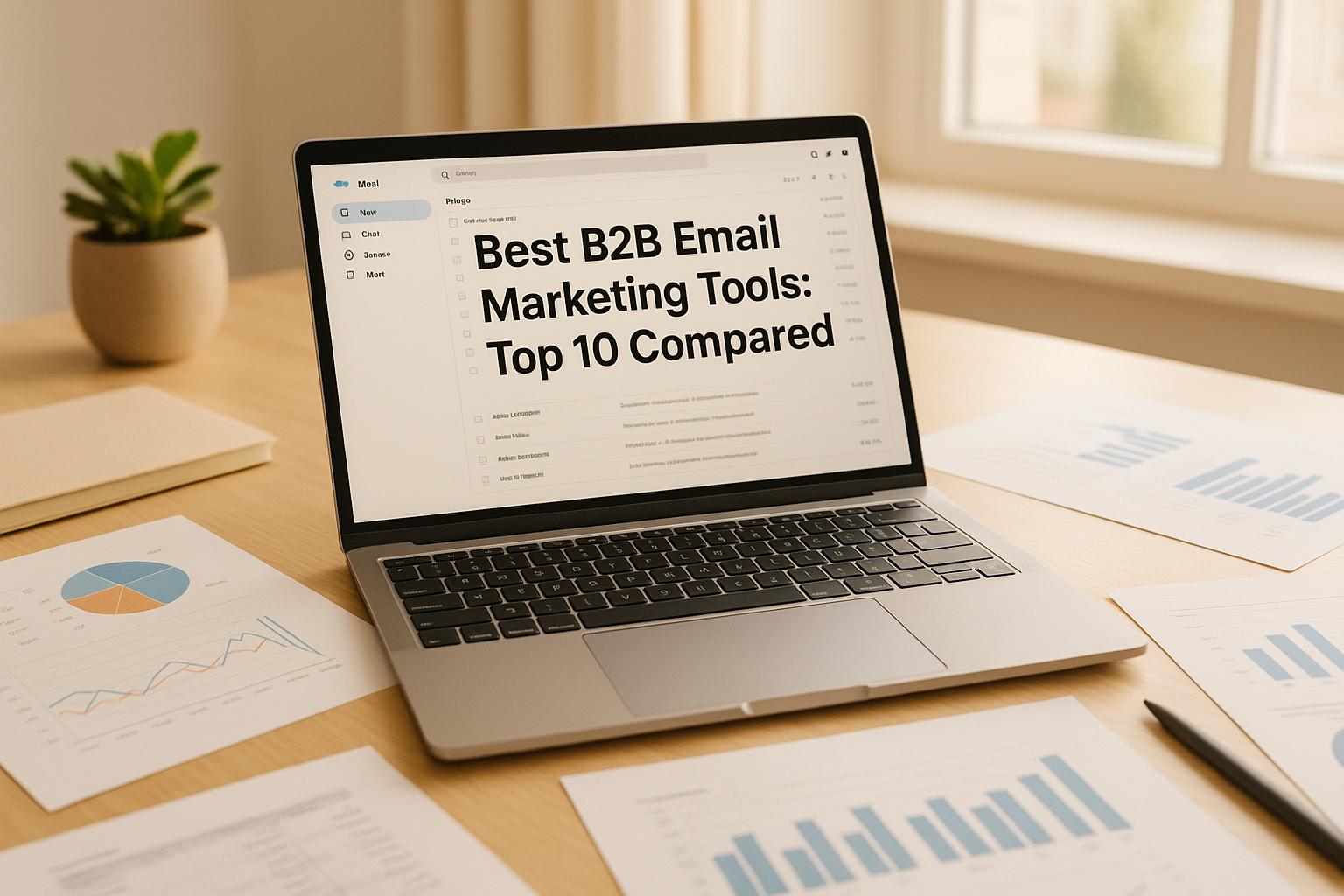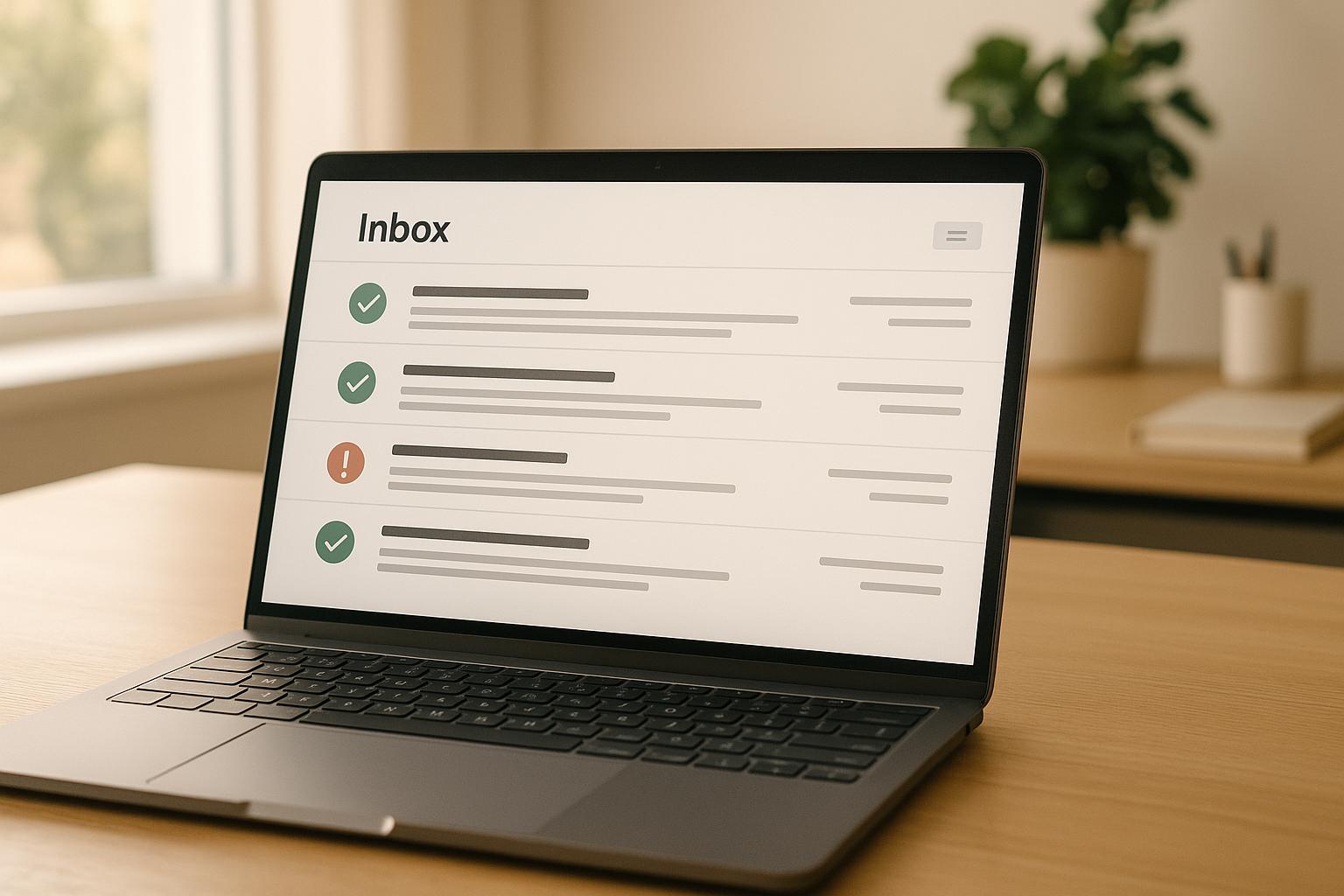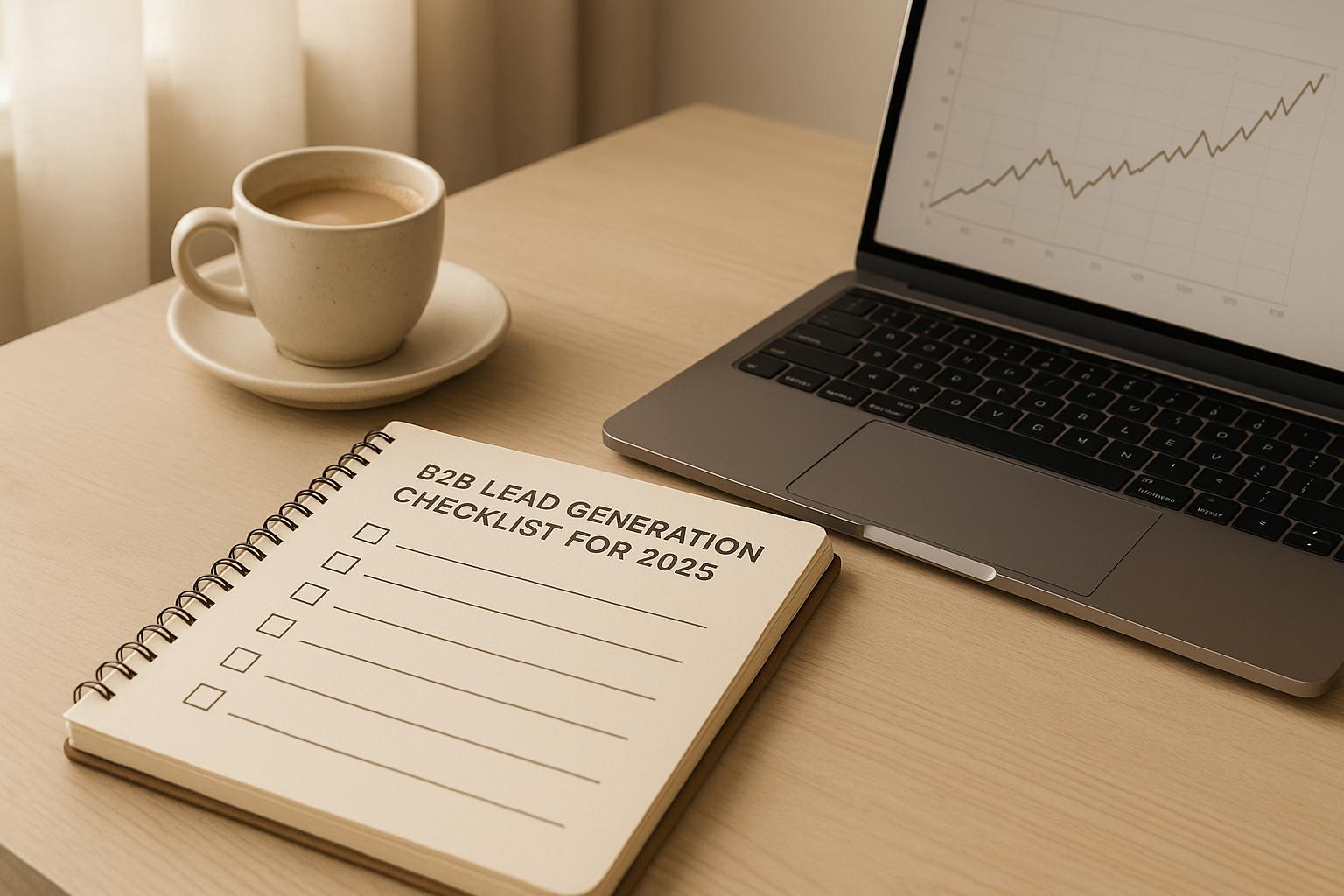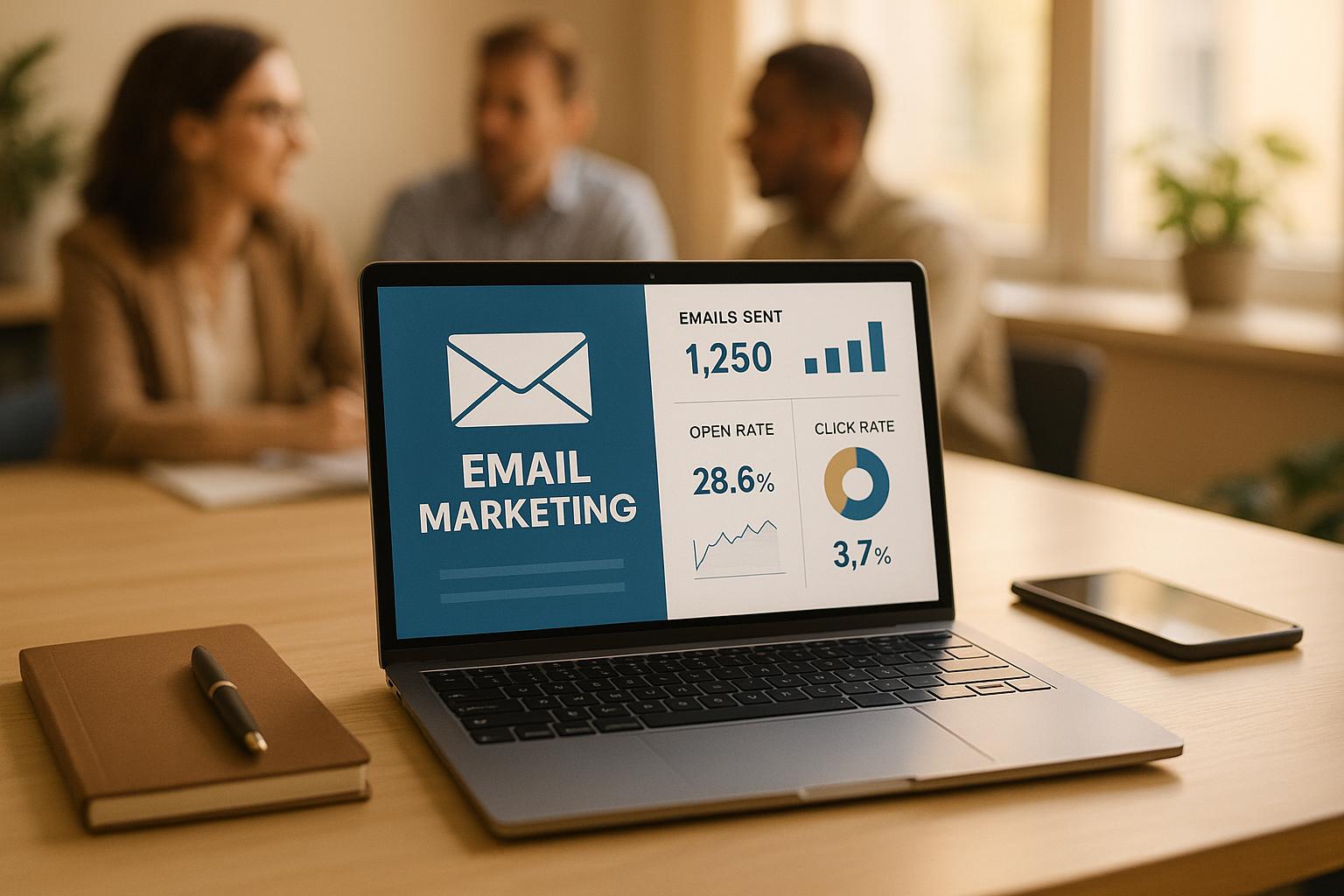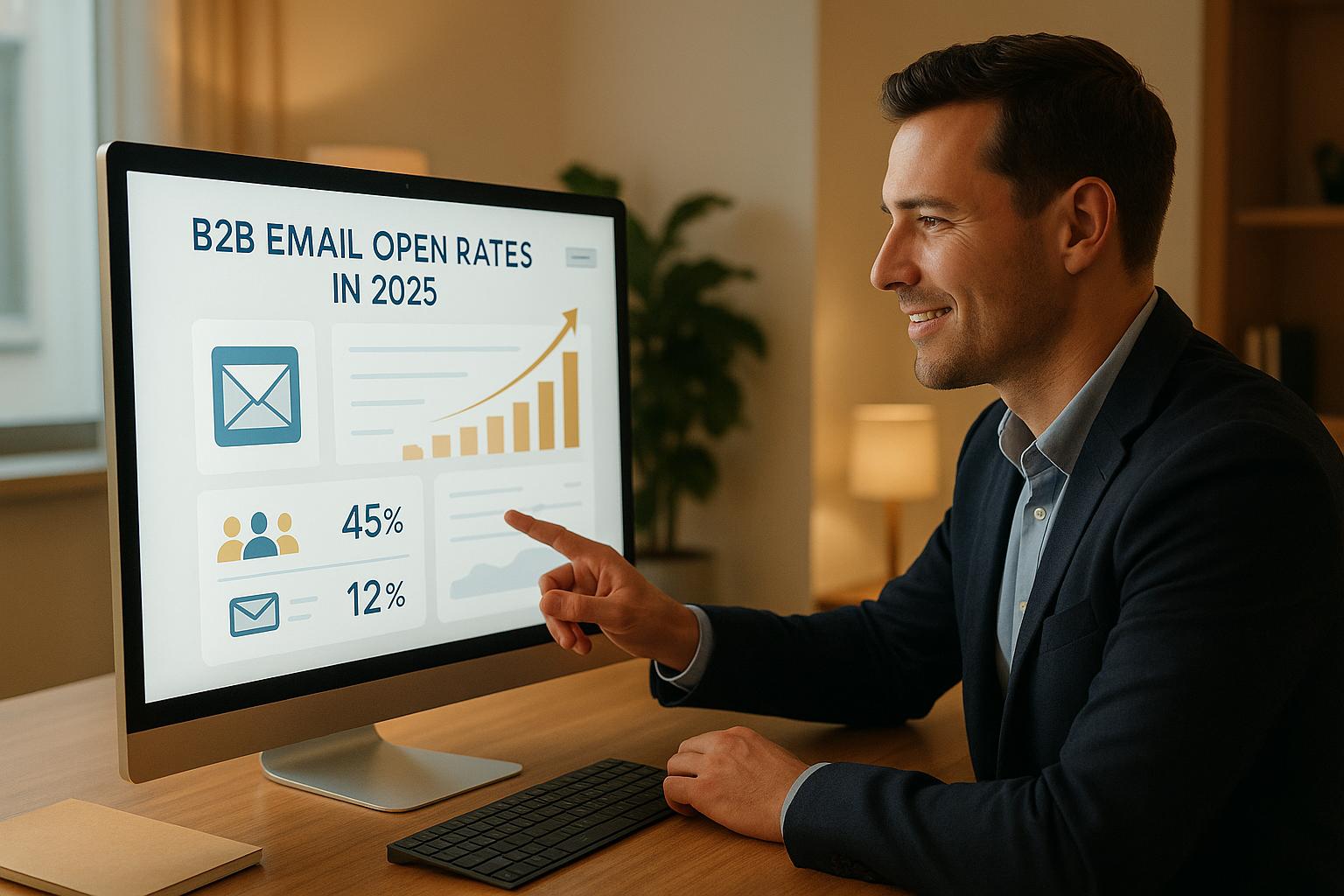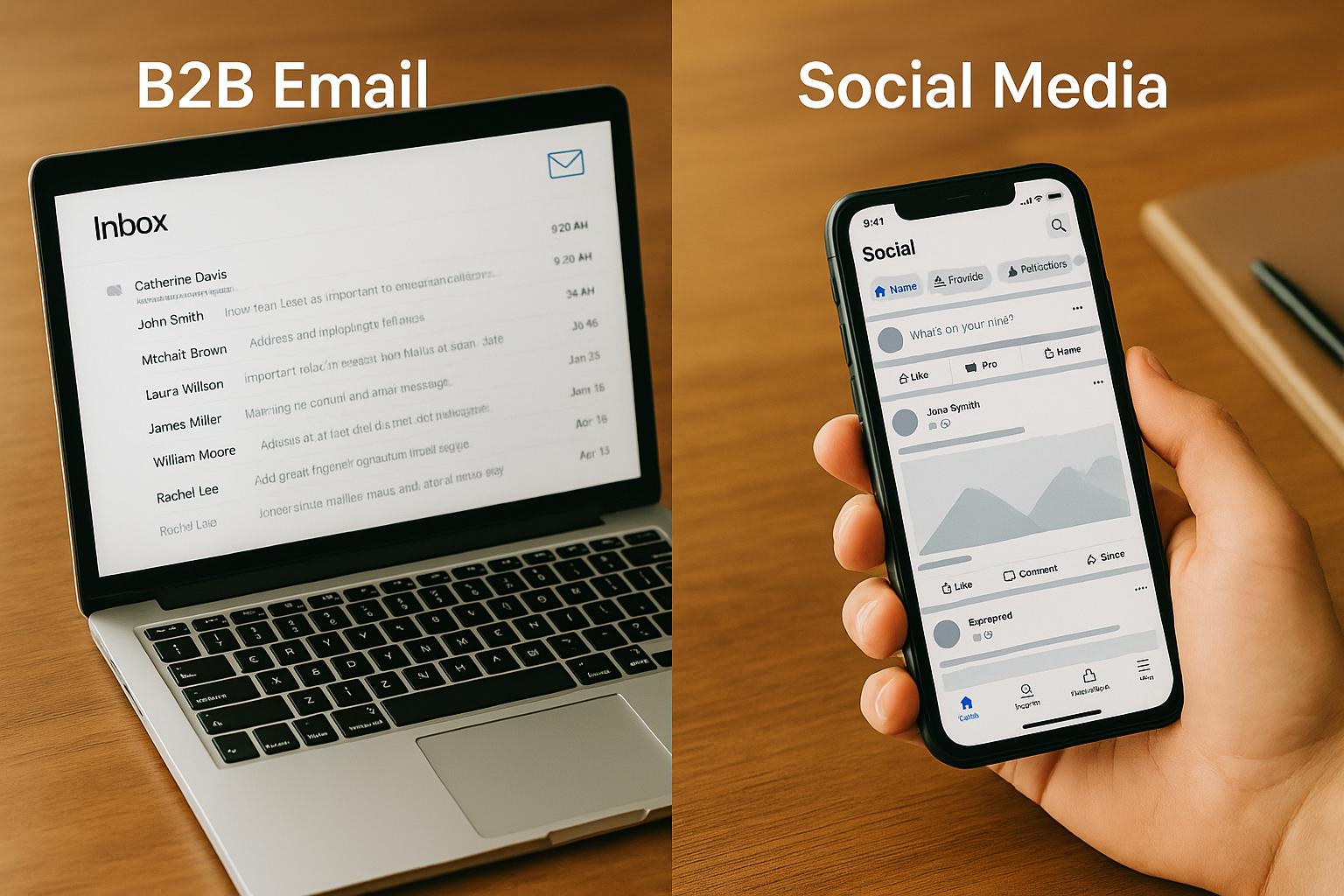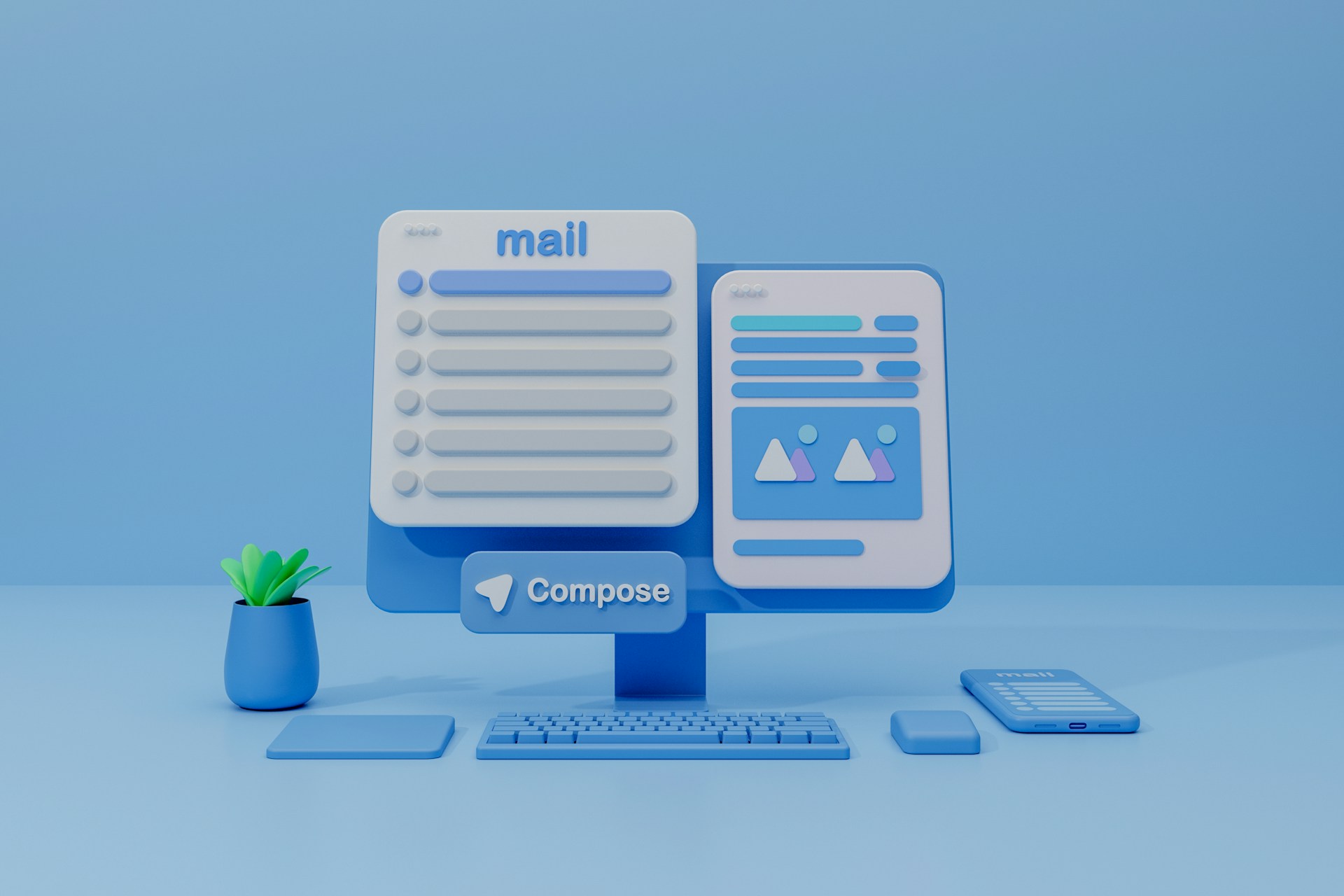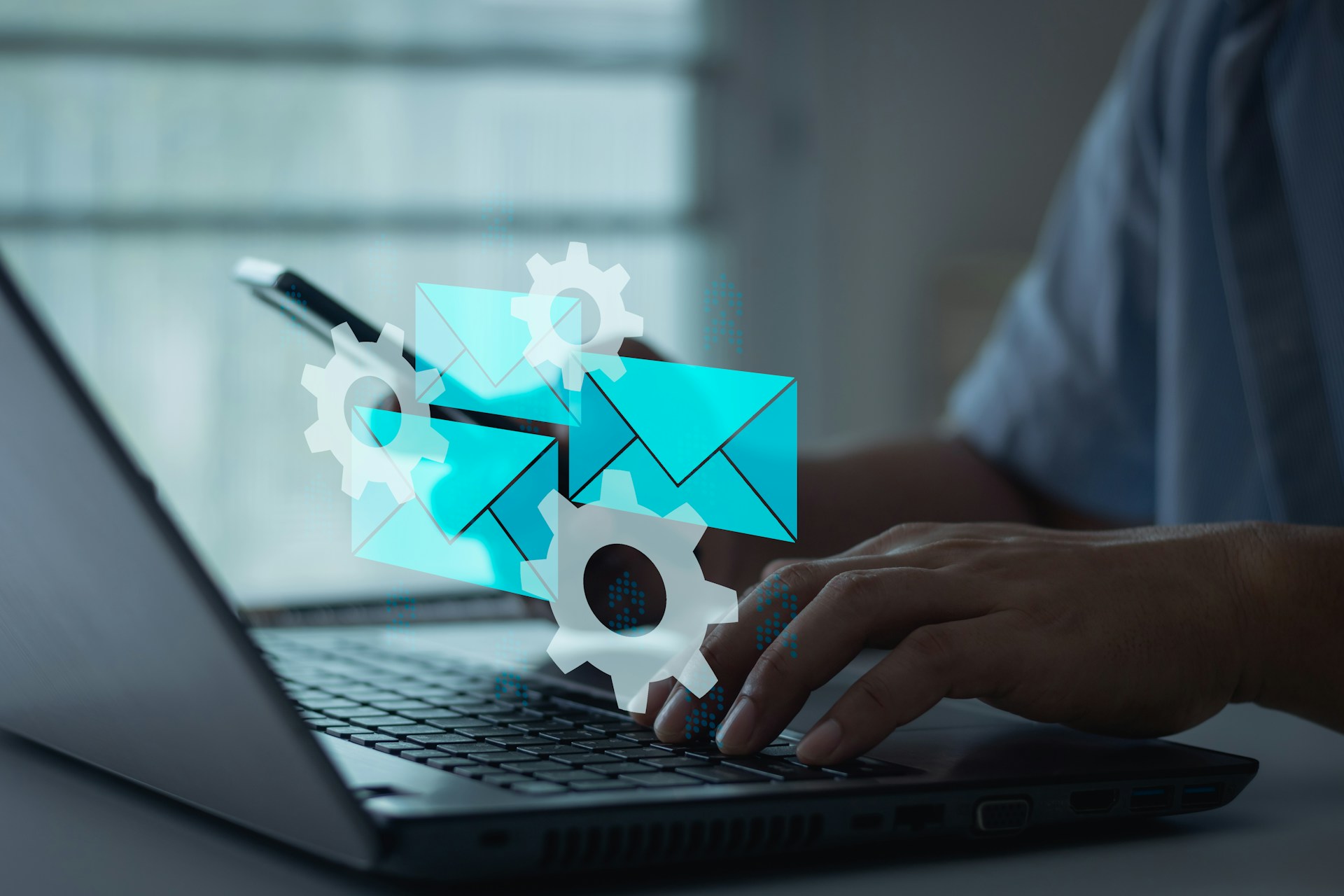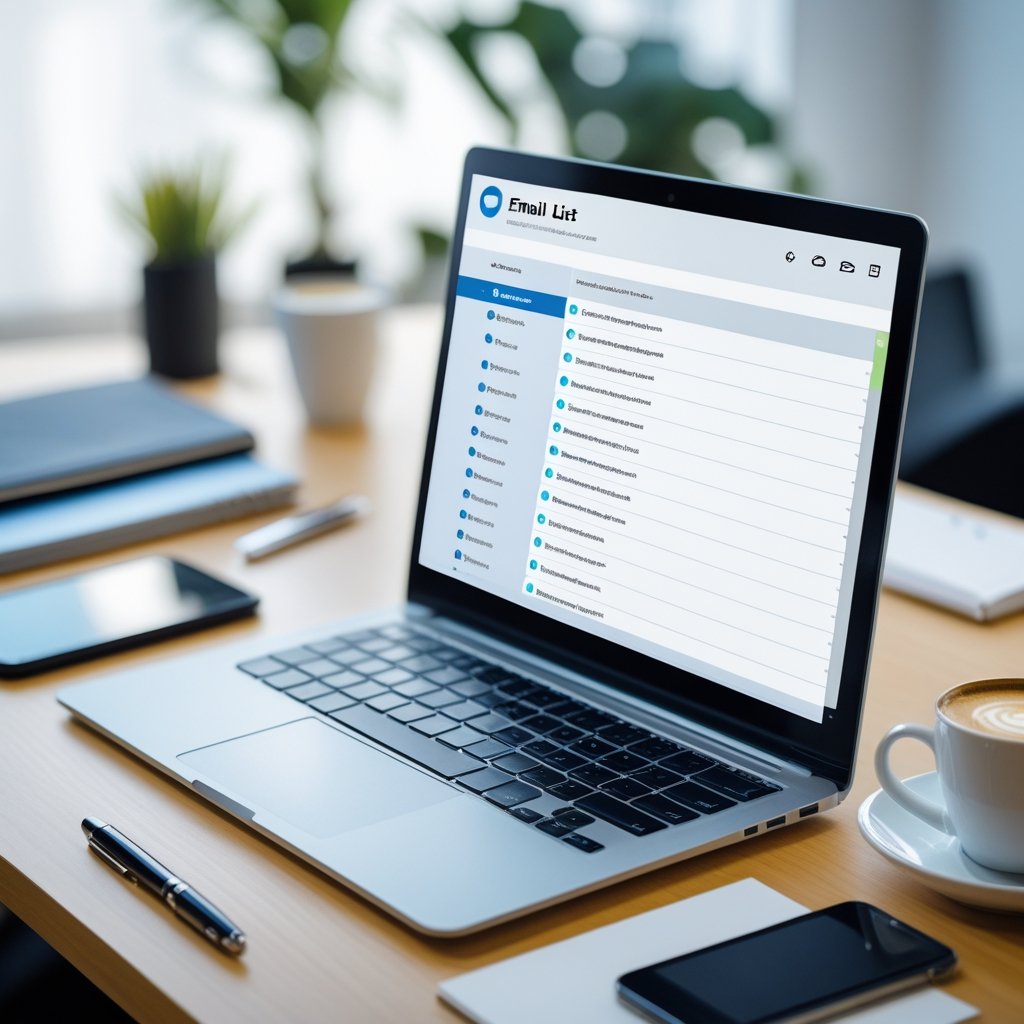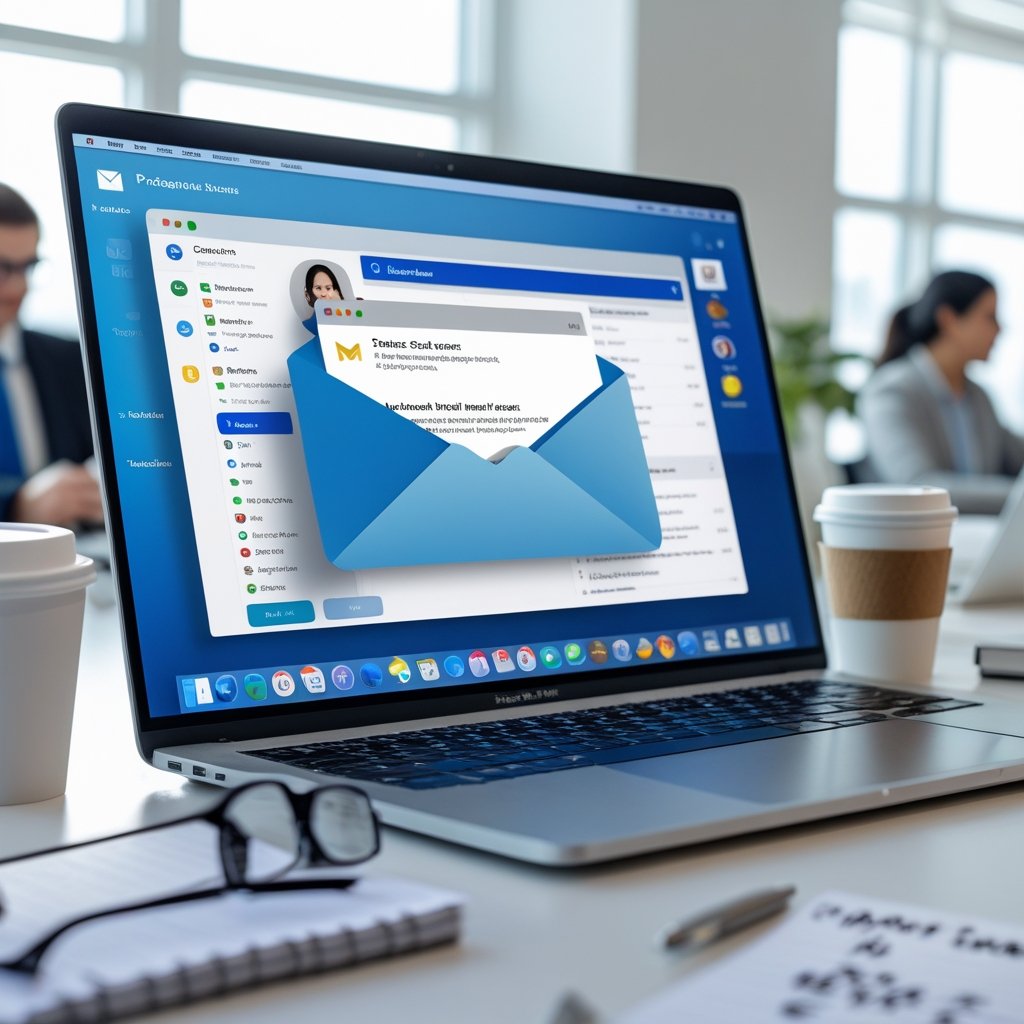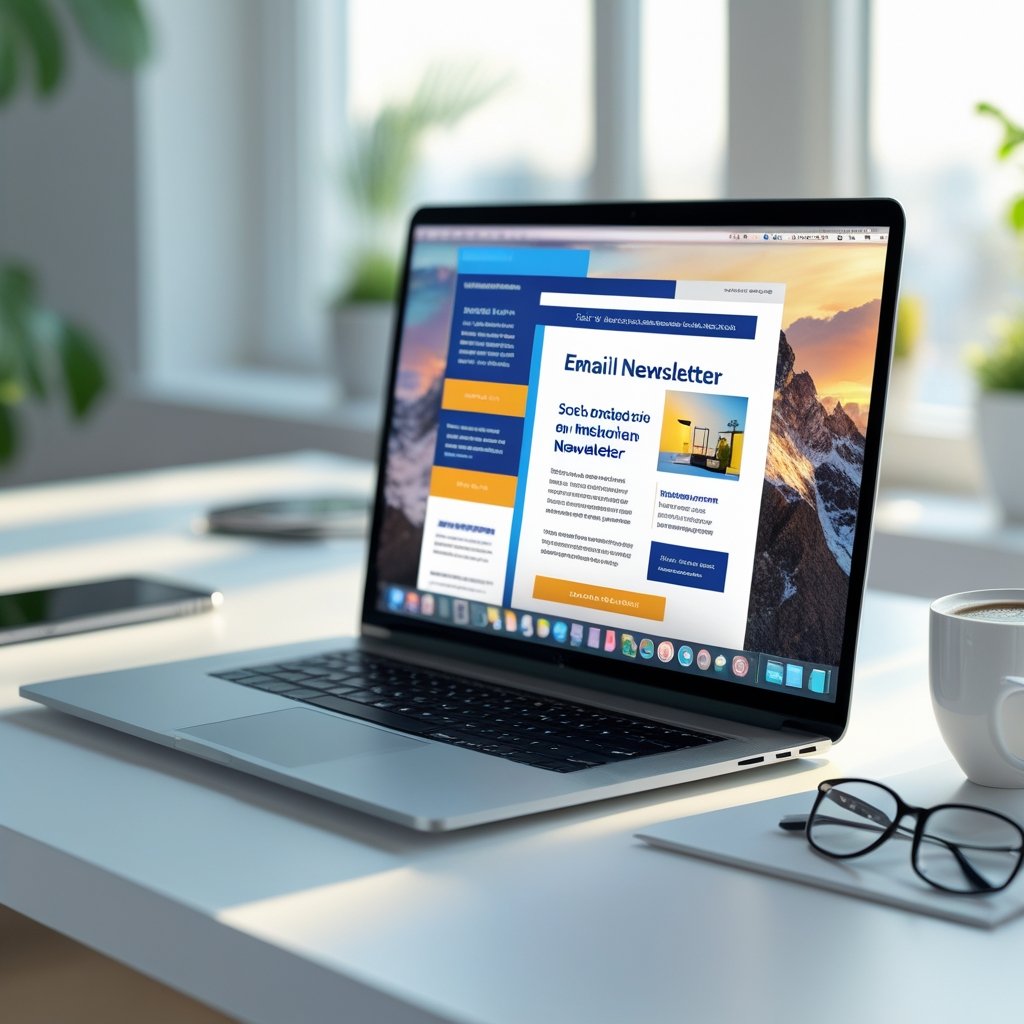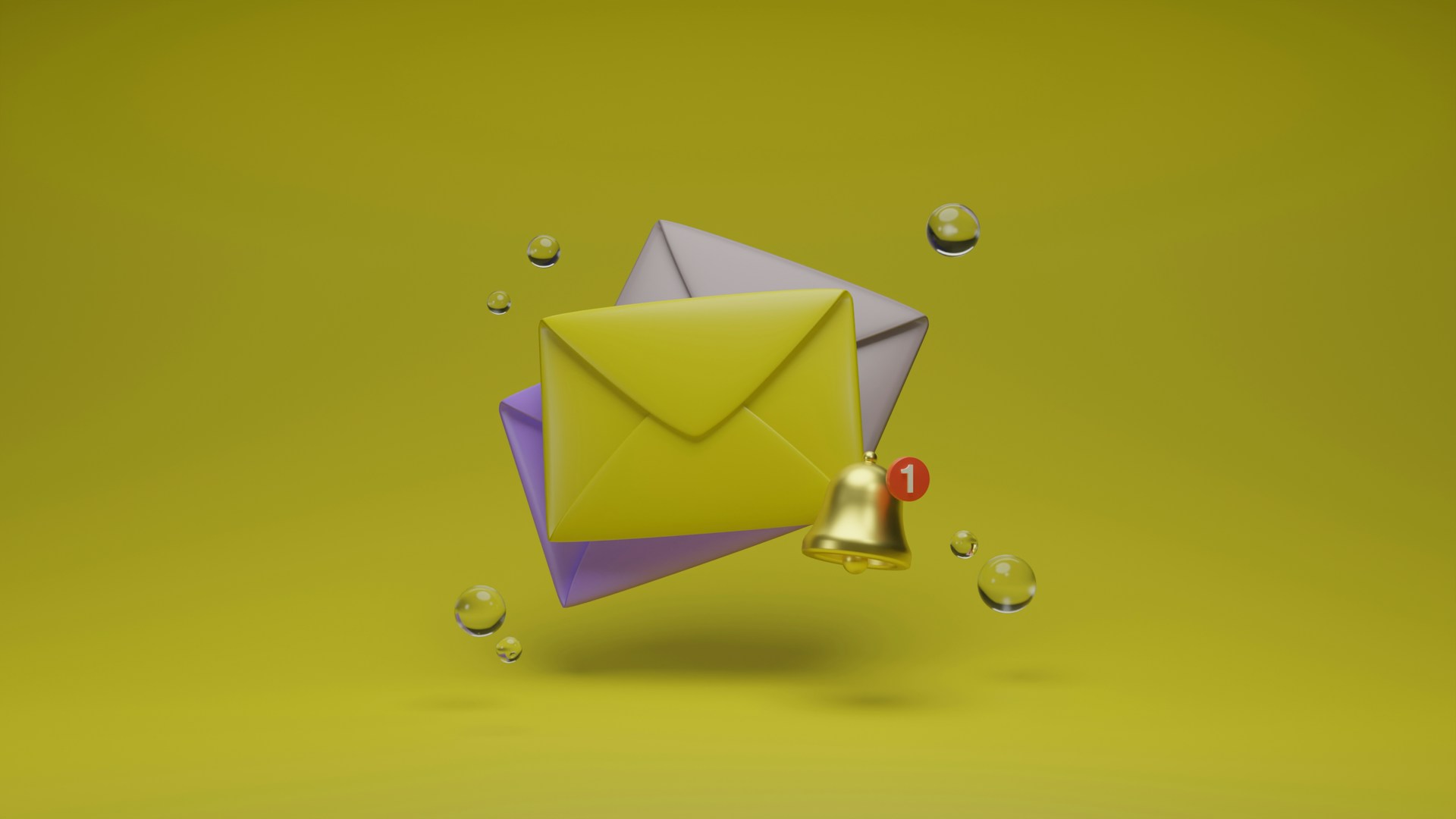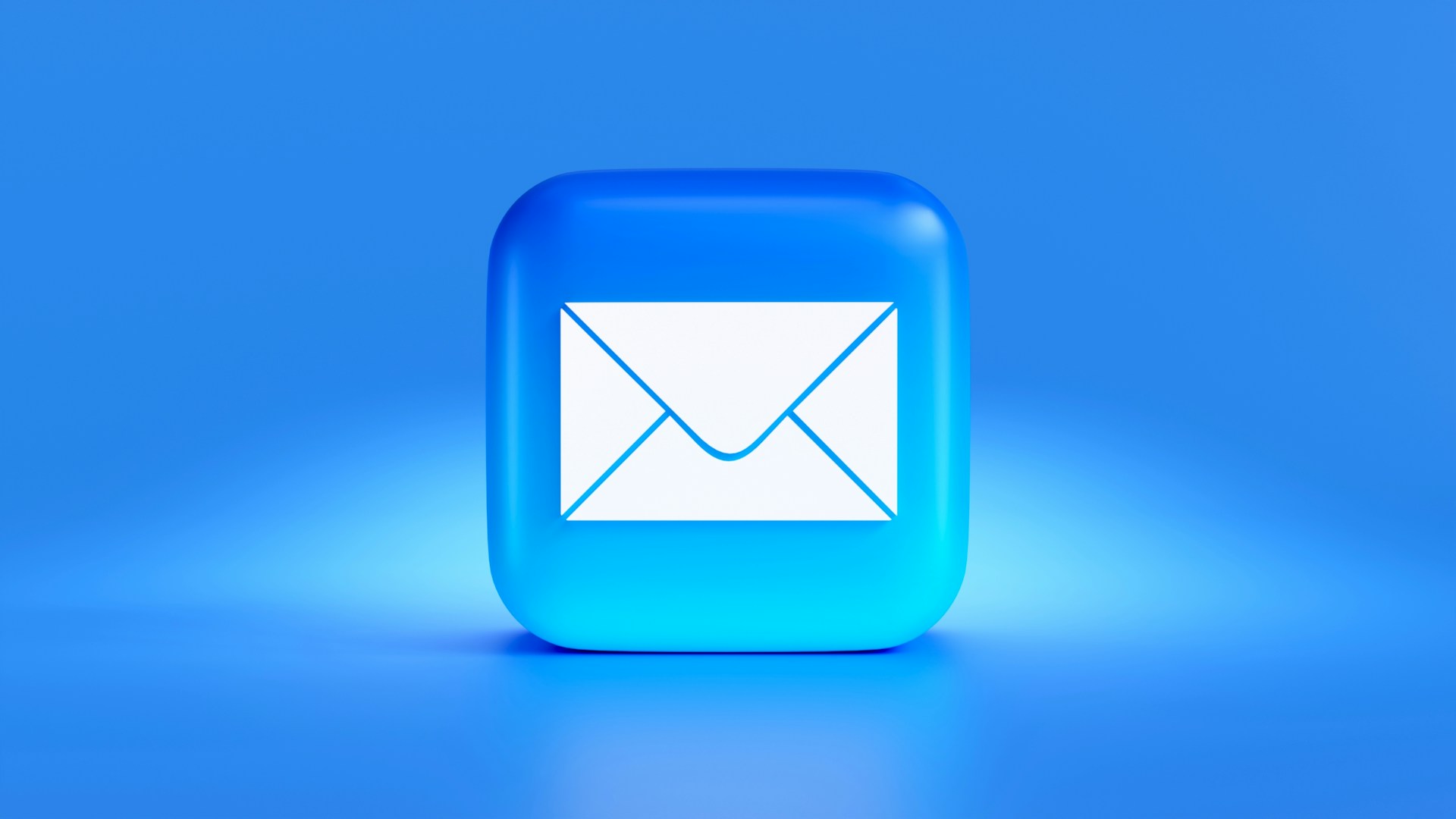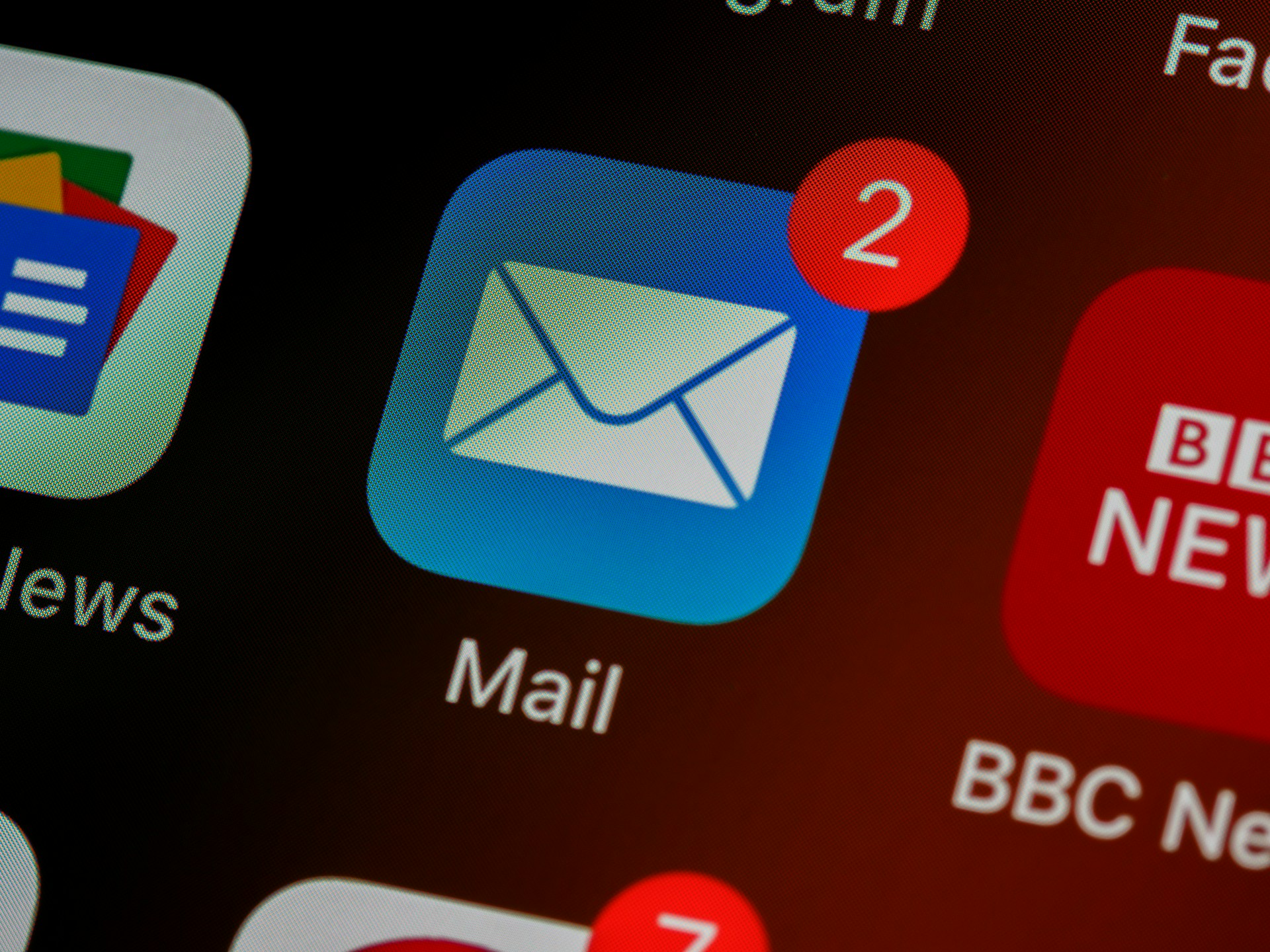B2B Email Personalization vs. Generic Campaigns
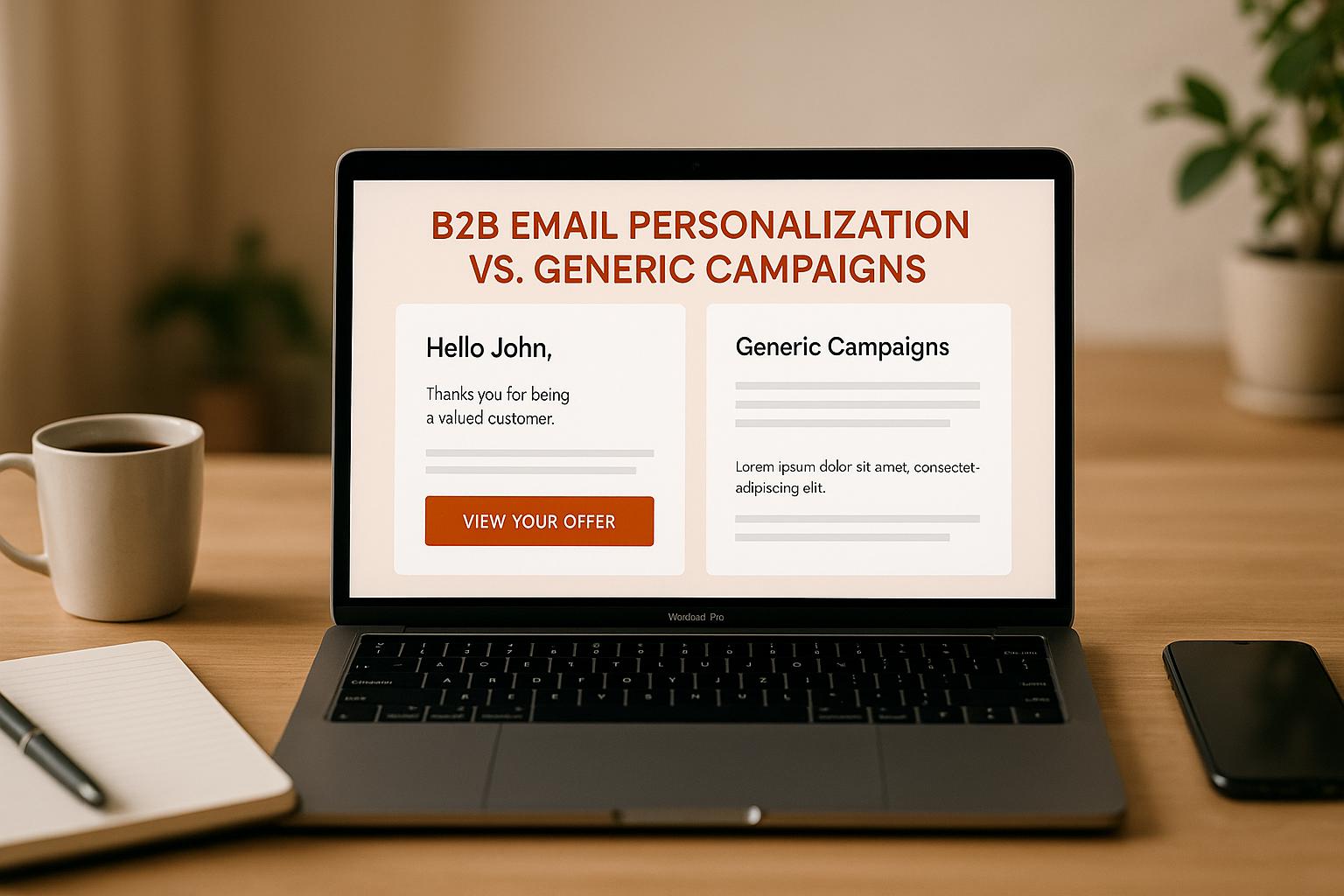
Personalized email campaigns outperform generic ones in almost every way. They drive higher engagement, better click-through rates, and stronger ROI by tailoring messages to specific audience needs. While generic campaigns are simpler and faster to execute, their lack of relevance often leads to lower performance and missed opportunities.
Here’s the quick takeaway:
- Personalized Campaigns: Use data like job roles, industry, and behavior to create tailored content. They require more resources but deliver higher engagement and conversions.
- Generic Campaigns: Send the same message to all recipients. They’re efficient and scalable but often fail to resonate with diverse audiences.
Quick Comparison
| Aspect | Personalized Campaigns | Generic Campaigns |
|---|---|---|
| Content | Tailored to segments | Single message for all |
| Engagement | Higher open and click rates | Lower interaction |
| Setup Complexity | Requires segmentation and tools | Simple and quick |
| Resource Needs | High | Low |
| Scalability | Challenging | Easy |
| Relevance | High | Low |
Conclusion: Personalized emails are more effective but demand more effort. If your goal is to connect with decision-makers and boost conversions, personalization is worth the investment.
Overcoming the Top B2B Email Marketing Challenges for 2025
Main Differences Between Personalized and Generic Email Campaigns
Grasping the key distinctions between these two approaches can help sharpen your B2B email strategy.
Personalized Campaigns: How They Work
Personalized email campaigns rely on customer data to craft messages that resonate with individual recipients. By leveraging details such as job titles, company size, industry, previous interactions, and behavioral patterns, these campaigns deliver content that aligns with specific audience needs.
The process begins with audience segmentation, where contacts are grouped based on shared characteristics. For example, you might target CTOs at large enterprises, marketing directors at mid-sized firms, or small business owners. Each group receives tailored content that directly addresses their unique challenges and objectives.
A key tool in personalized campaigns is dynamic content, which automatically customizes email elements based on recipient data. For instance, an email might feature different product recommendations, pricing options, or case studies depending on the recipient's industry or company size.
However, personalized campaigns come with their own hurdles. Data quality issues can undermine even the best efforts, leading to irrelevant messages or incorrect personalization if the information is outdated or inaccurate. Additionally, creating multiple content variations for different segments can strain resources, causing content creation bottlenecks that delay campaign launches.
On the flip side, generic campaigns take a much simpler approach.
Generic Campaigns: One-Size-Fits-All Method
Generic campaigns send the same message to every contact on your list, prioritizing speed and simplicity with a universal template.
The primary advantage of this approach is its efficiency. Marketers can craft a single email, write one version of the copy, and send it to thousands of recipients with minimal effort. This method is ideal for general announcements, company updates, or broad promotions that apply to all customers.
Generic campaigns also avoid many of the technical challenges associated with personalization. There’s no need to manage complex audience segments, integrate multiple data sources, or create dynamic content variations. This simplicity makes them a practical choice for smaller businesses with limited marketing resources.
However, the trade-off is clear: lower relevance. A startup CEO receiving the same email as a Fortune 500 procurement manager is unlikely to feel the message is relevant to their specific needs. This lack of personalization often results in reduced engagement, higher unsubscribe rates, and missed opportunities to connect with your audience.
Comparison Table: Personalized vs. Generic Campaigns
| Aspect | Personalized Campaigns | Generic Campaigns |
|---|---|---|
| Content Creation | Multiple versions for segmented groups | Single version for all recipients |
| Data Requirements | Extensive and detailed customer data | Minimal data needed |
| Setup Complexity | High - segmentation and automation | Low - simple template setup |
| Resource Investment | High in time, tools, and personnel | Low resource demand |
| Scalability | Difficult due to content demands | Easily scalable to large lists |
| Engagement Rates | Higher open and click-through rates | Lower engagement levels |
| Privacy Concerns | Higher due to data usage | Minimal personal data involved |
| Risk of Over-Personalization | Could feel intrusive if too detailed | No risk of being overly specific |
| ROI Measurement | Complex due to variations | Simple and straightforward |
| Brand Consistency | Risk of fragmented messaging | Consistent message across audience |
Choosing between personalized and generic campaigns often depends on your resources, data capabilities, and marketing goals. While personalized campaigns typically yield better engagement and results, they require significant investment in technology, time, and expertise - resources not every organization can spare.
Ultimately, these differences reflect the balance between tailoring messages for impact and maintaining operational efficiency, setting the stage for assessing campaign performance metrics.
Performance Metrics: How to Measure Email Campaign Success
When comparing personalized emails to generic ones, the numbers don’t lie - personalization delivers better results. To truly understand how your email campaigns are performing, it’s essential to track key metrics that illustrate the impact of personalization. For B2B marketers, the data consistently shows that personalized campaigns outperform their generic counterparts.
Open Rates and Engagement
One of the clearest indicators of success is the open rate. Personalized emails often see higher open rates because they feel directly relevant to the recipient. Crafting subject lines that include details like the recipient’s company name or specific industry challenges grabs attention and makes the email feel tailored. Once opened, these emails also encourage deeper engagement. Recipients tend to spend more time reading and interacting with personalized content, leading to more replies, shares, and overall engagement.
Click-Through Rates and Conversions
Personalized emails don’t just get opened - they get action. By including targeted calls-to-action and content tailored to specific roles or challenges, these emails drive higher click-through rates. This relevance helps prospects move more smoothly through the sales funnel. Sales teams often report that leads generated from personalized emails are more likely to result in meaningful follow-ups, making the entire campaign more effective.
Return on Investment: Financial Results
The financial benefits of personalization are hard to ignore. While personalized campaigns may require a higher initial investment, they often lead to better quality conversions, lower customer acquisition costs, and stronger retention rates. This combination translates to a healthier return on investment (ROI).
For B2B marketers using tools like Breaker, the advantages are even more pronounced. Breaker’s real-time analytics help identify which personalization strategies perform best, ensuring messages reach the most relevant prospects. This level of precision boosts both the efficiency and success of a personalized email strategy.
These metrics make one thing clear: personalization isn’t just a buzzword - it’s a proven way to elevate email campaign performance.
sbb-itb-8889418
How to Add Personalization to B2B Email Marketing
Shifting from generic email campaigns to ones that feel personalized requires a strong foundation: understanding your audience, using automation tools effectively, and tailoring your content. By combining these elements with smart segmentation, you can create messaging that truly resonates.
Audience Segmentation and Targeting
Personalization starts with knowing your audience inside and out. To do this effectively, divide your subscriber list into segments based on key business characteristics.
One approach is to segment by company attributes such as industry, company size, or revenue. For instance, a software provider might create distinct segments for healthcare, financial services, and manufacturing companies. Each of these industries has unique challenges and compliance requirements, so tailored messaging is essential.
Job roles and decision-making authority offer another layer of segmentation. A CEO or other C-suite executive will want to know about ROI and strategic advantages, while an IT manager is more interested in technical details and implementation processes. Addressing these differences ensures your message resonates with the right audience.
You can also use behavioral segmentation to refine your approach. By tracking how prospects interact with your emails and website, you can gauge where they are in the buyer’s journey. For example, someone who downloads a pricing guide is likely closer to making a decision than someone browsing blog posts. This data allows you to deliver the right message at the right time.
Geographic segmentation is often overlooked in B2B marketing but can be highly effective. Businesses in different regions face unique regulations and market conditions. For example, a cybersecurity company might emphasize GDPR compliance for European clients but focus on U.S. healthcare regulations for domestic prospects.
Lastly, consider past purchase history and engagement levels. Existing customers require different messaging than new prospects, and highly engaged subscribers might appreciate more frequent communication compared to those who rarely open your emails.
Using Tools for Automation and Analytics
Once you’ve defined your segments, automation tools can make managing and personalizing campaigns much easier. The right tools not only streamline the process but also make it scalable and measurable.
Take Breaker’s approach to B2B email marketing as an example. Their automated lead generation ensures that segments are filled with engaged, high-quality contacts from the start. This is critical because personalization only works if you’re reaching people who are actually interested.
With precision audience targeting, marketers can create detailed segments without manually sorting data. Instead of wasting time combing through spreadsheets, you can set specific targeting parameters and let automation handle the rest. This ensures your personalized emails reach the right people with minimal effort.
Real-time analytics take the guesswork out of personalization. You can track which segments respond best to different types of content, test subject lines for higher open rates, and measure how personalization impacts conversions. This feedback allows you to fine-tune your strategy over time.
Breaker’s platform also provides unlimited email validations, ensuring that your carefully crafted emails actually land in the inbox rather than bouncing back due to outdated contact information.
Finally, CRM integrations bring everything together. When your email platform syncs with sales and marketing data - like recent sales calls, website activity, or purchase history - it can trigger highly relevant campaigns that feel personal and timely.
With automated segmentation in place, you can focus on creating content that speaks directly to each audience segment.
Dynamic Content and Targeted Messaging
Dynamic content takes personalization to the next level by creating multiple tailored versions of a single email. For instance, dynamic subject lines can reference the recipient’s company, industry challenges, or recent interactions. A manufacturing company might receive an email titled “Streamline [Company Name]’s Production Workflow,” while a healthcare organization gets “Enhance [Company Name]’s Patient Data Security.”
Custom content blocks within an email template can also adapt to the recipient’s profile. For example, you might showcase different case studies for different industries or adjust calls-to-action based on company size or past downloads.
Speaking of calls-to-action, personalized CTAs can significantly boost conversion rates. Instead of generic phrases like “Learn More,” you can use buttons that say, “See How [Industry] Companies Save 30%” or “Get Your Custom ROI Calculator.” These specific actions feel more relevant and valuable to the recipient.
Timing personalization is another powerful tactic. Using data on when recipients are most likely to check their emails, you can schedule sends for optimal engagement. Some people are morning readers, while others prefer afternoons. Advanced tools can adjust send times for each individual.
As you gather more data on your subscribers, you can gradually increase the level of personalization. Early emails might rely on basic demographic information, but as recipients interact with your content, you can incorporate their preferences, challenges, and interests into future campaigns.
When all these elements come together, your campaigns feel less like automated mass emails and more like thoughtful, one-on-one communication. Not only does this boost engagement, but it also leads to measurable improvements in your email marketing performance.
Conclusion: Why Personalization is the Future of B2B Email Campaigns
The evidence is clear: personalized email campaigns consistently outperform generic ones across all major metrics. Generic emails may save time upfront, but they often fall flat when it comes to engagement and revenue generation.
When your emails address a prospect's specific challenges - whether tied to their industry, company size, or role - they're far more likely to open, click, and act. Personalization isn’t just a nice-to-have; it’s a proven way to achieve higher open rates, better click-through rates, and a stronger return on investment.
In today’s crowded inboxes, decision-makers are bombarded with hundreds of emails every week. Generic messages? They’re ignored or deleted without a second thought. On the other hand, emails that speak directly to their pain points and goals stand out and drive action.
Tools like Breaker make personalization easier than ever. With features like automated lead generation, precision targeting, real-time analytics, CRM integrations, and unlimited email validations, marketers can focus less on logistics and more on crafting messages that resonate.
What’s more, personalization isn’t static. Over time, data-driven insights allow you to refine your messaging, ensuring it becomes even more impactful.
The takeaway is simple: the future belongs to marketers who send the right message at the right time. As inbox competition grows and buyer expectations evolve, generic campaigns will only become less effective. Businesses that embrace personalization now will foster stronger relationships, attract more qualified leads, and ultimately achieve better results. By using precise segmentation and dynamic messaging, you can meet the demands of today’s sophisticated B2B buyers.
So, the real question isn’t whether to personalize your email campaigns - it’s how soon you can start reaping the rewards personalization has to offer.
FAQs
How can small businesses create effective personalized email campaigns with limited resources?
Small businesses can craft powerful personalized email campaigns by honing in on segmentation and automation. The first step? Break your email list into smaller, targeted groups based on things like customer behavior, preferences, or demographics. This way, your messages feel more relevant and meaningful to each group.
Next, use automation tools to streamline the process. For example, you can set up emails to be sent automatically when someone signs up for your newsletter or completes a purchase. This saves time and ensures your audience gets the right content at the right time. By focusing on these tactics, small businesses can increase engagement and see better returns - without stretching their resources too thin.
What are the risks of over-personalizing B2B emails, and how can they be avoided?
Overloading B2B emails with excessive personalization can backfire. It might raise privacy concerns, make recipients uneasy, or even damage trust if the details feel too intrusive or out of place. The result? Lower engagement, more unsubscribes, and potentially even spam complaints.
To steer clear of these pitfalls, aim for thoughtful and purposeful personalization. Tailor your messages to meet your audience's needs while respecting their privacy. Stick to relevant details, use data responsibly, and keep an eye on engagement metrics to ensure your emails strike the right balance without overwhelming your recipients.
What key metrics should marketers track to evaluate the performance of personalized email campaigns versus generic ones?
To measure how personalized email campaigns stack up against generic ones, marketers should zero in on critical metrics like open rates, click-through rates (CTR), conversion rates, and ROI. The reason personalized emails tend to outperform is simple: they deliver content that feels relevant and speaks directly to the recipient's interests.
Beyond these, it’s worth keeping an eye on engagement metrics like time spent reading and unsubscribe rates. These offer deeper insights into whether the content is hitting the mark with your audience. Together, these metrics paint a clearer picture of how personalization can strengthen connections and drive improved outcomes.



